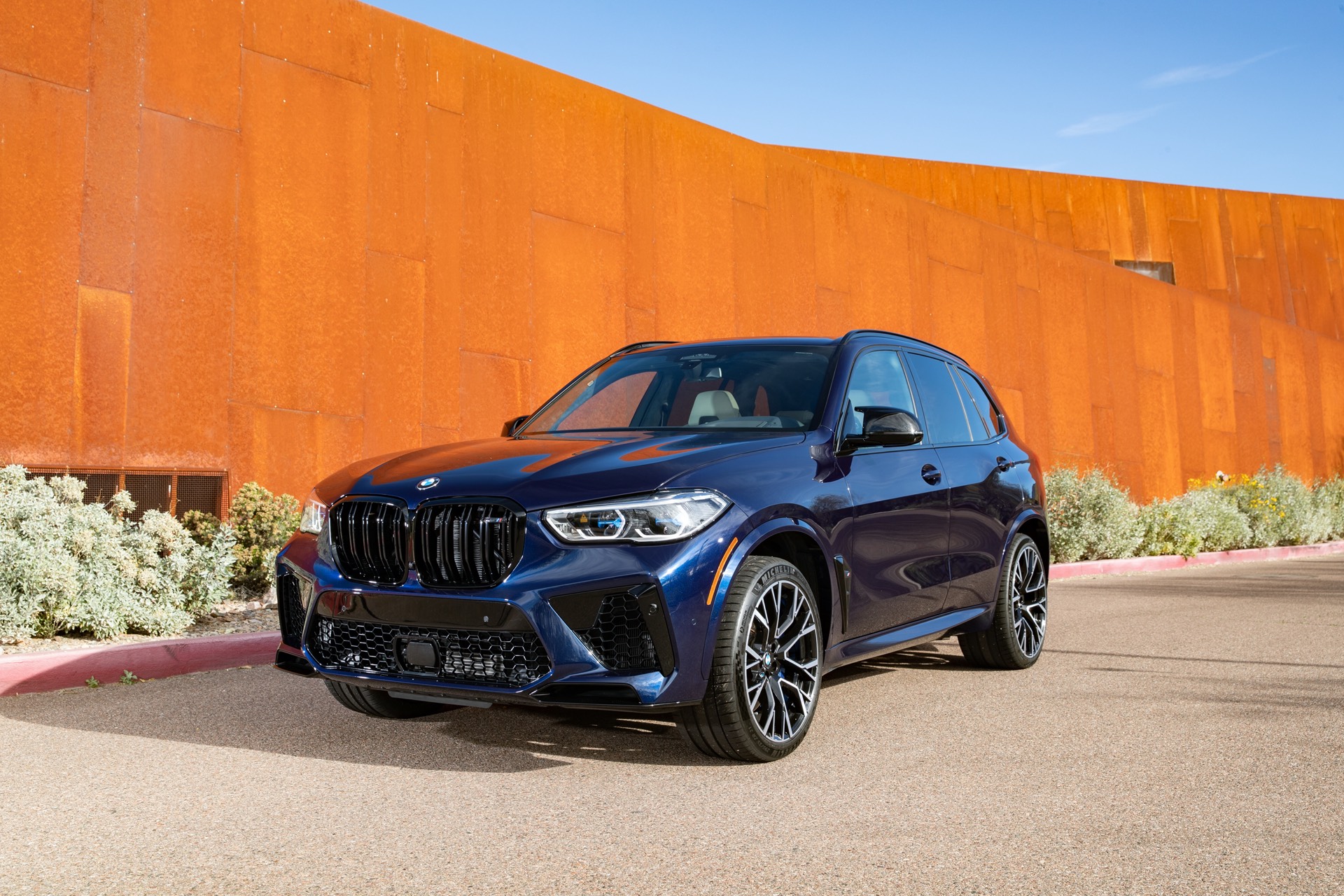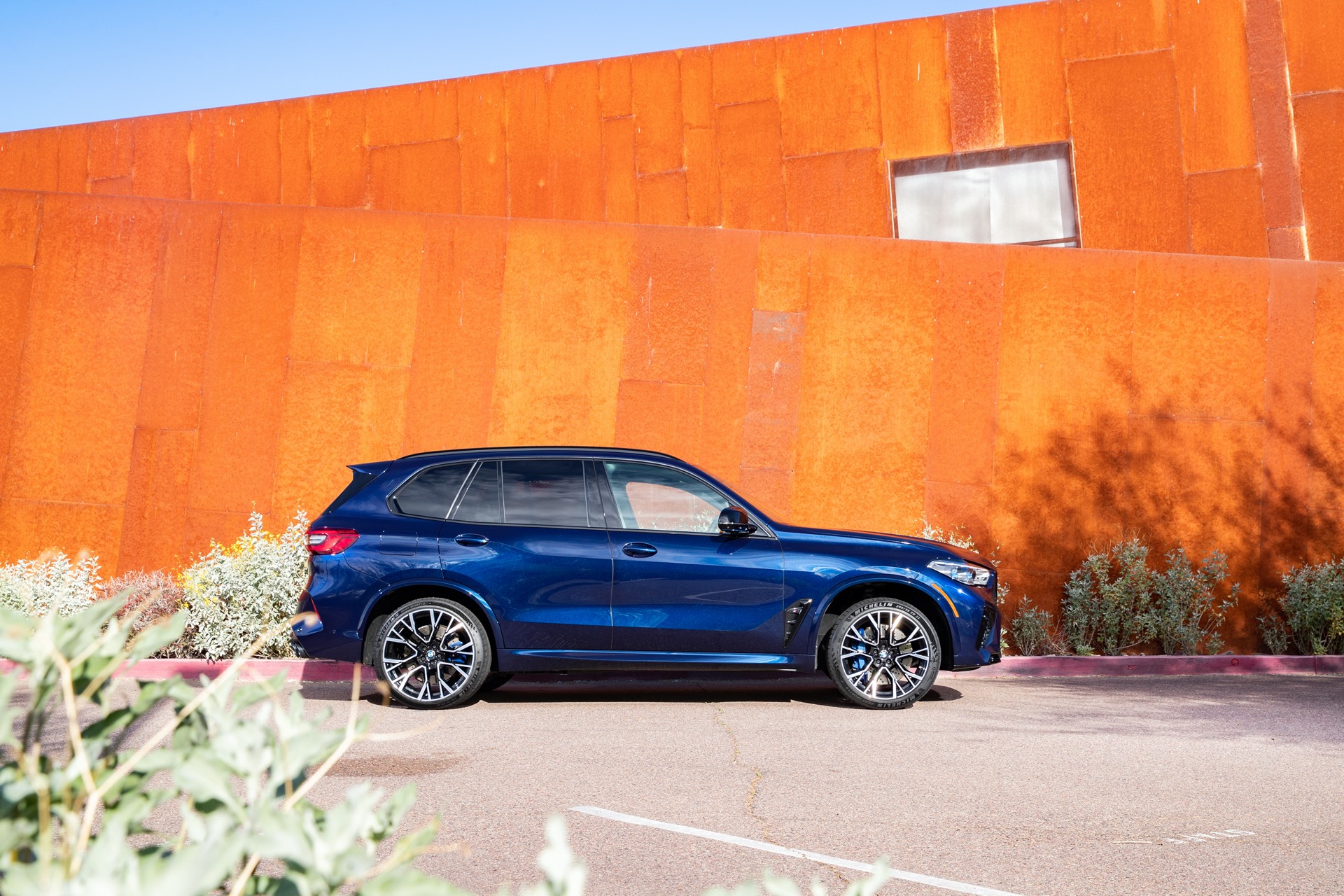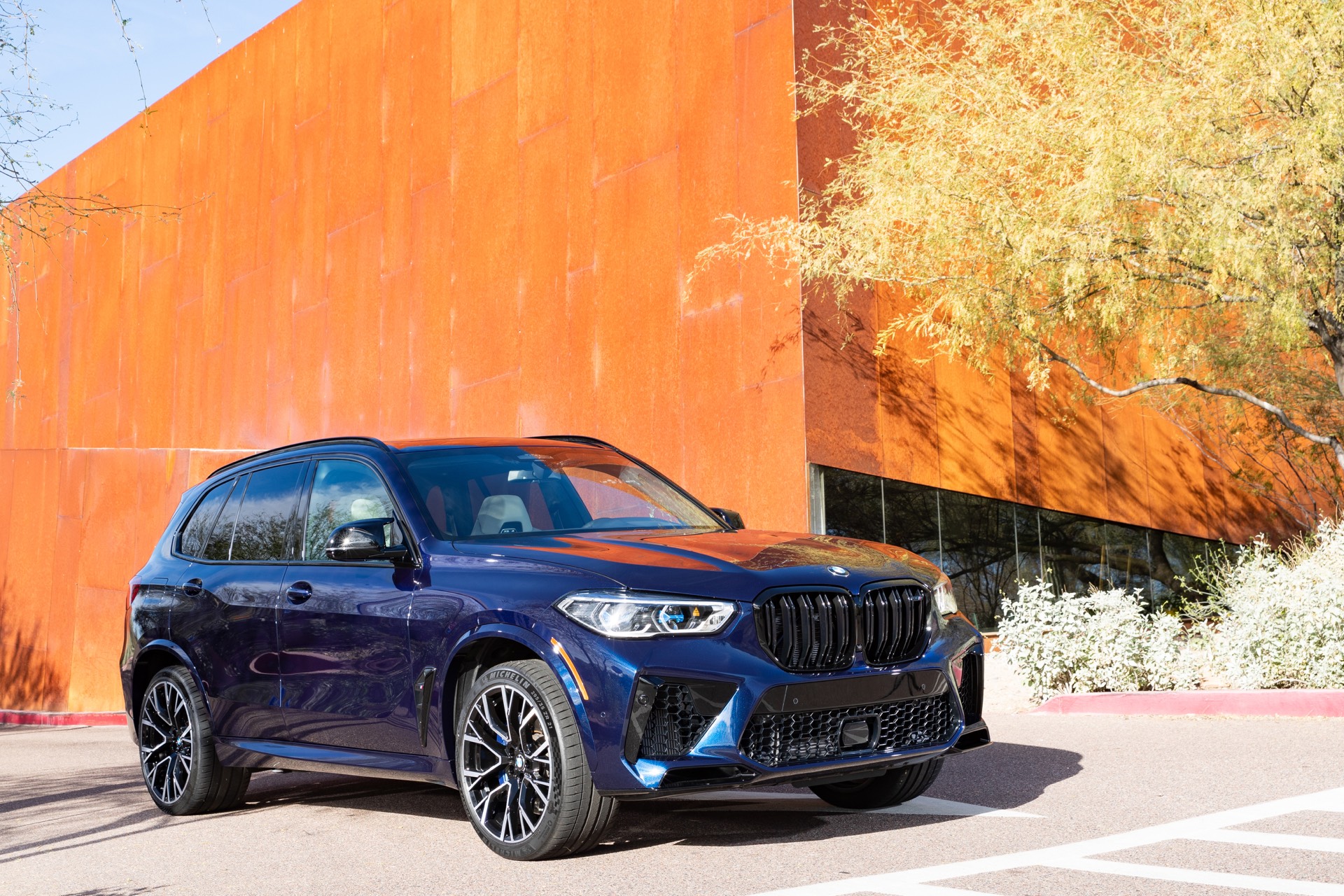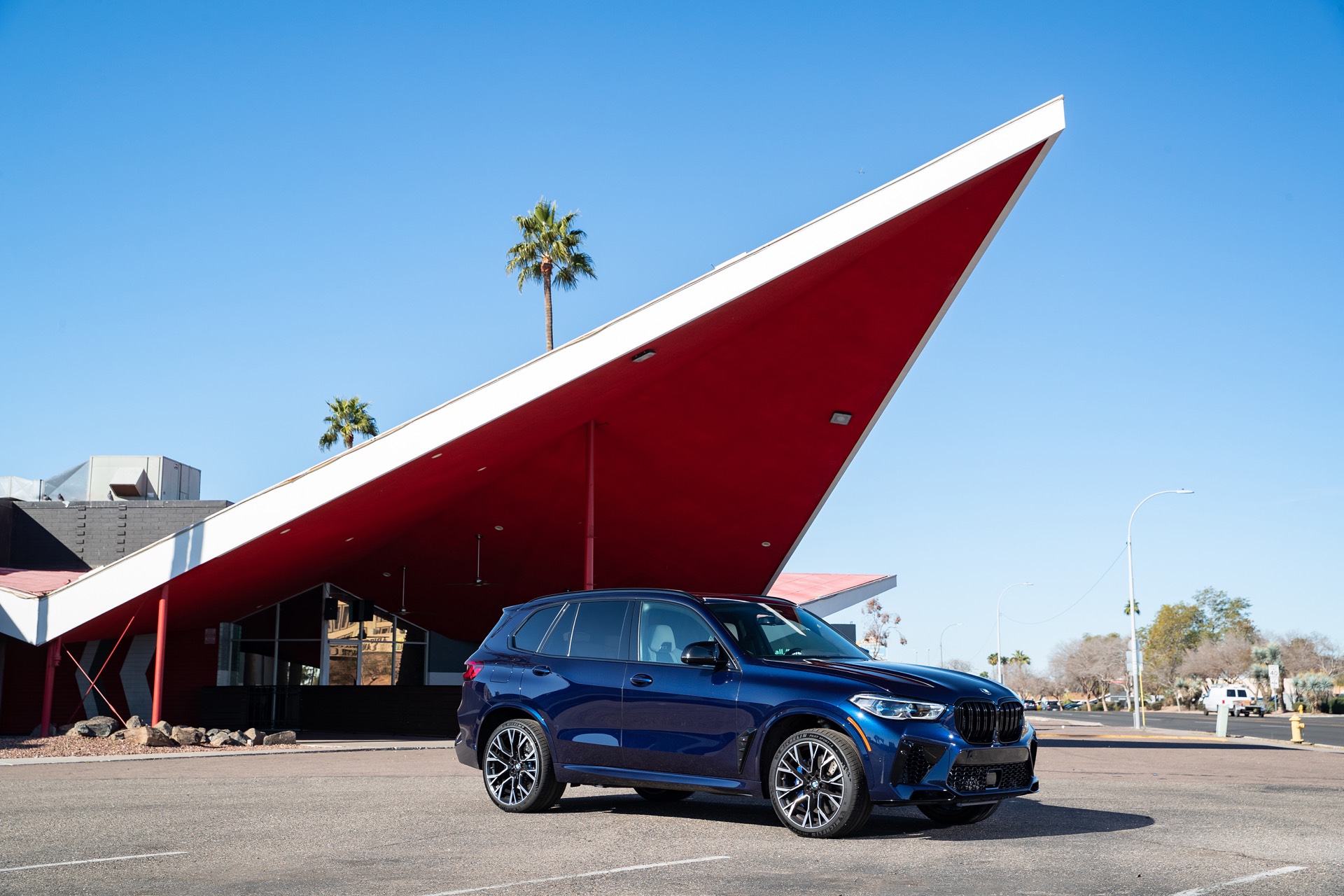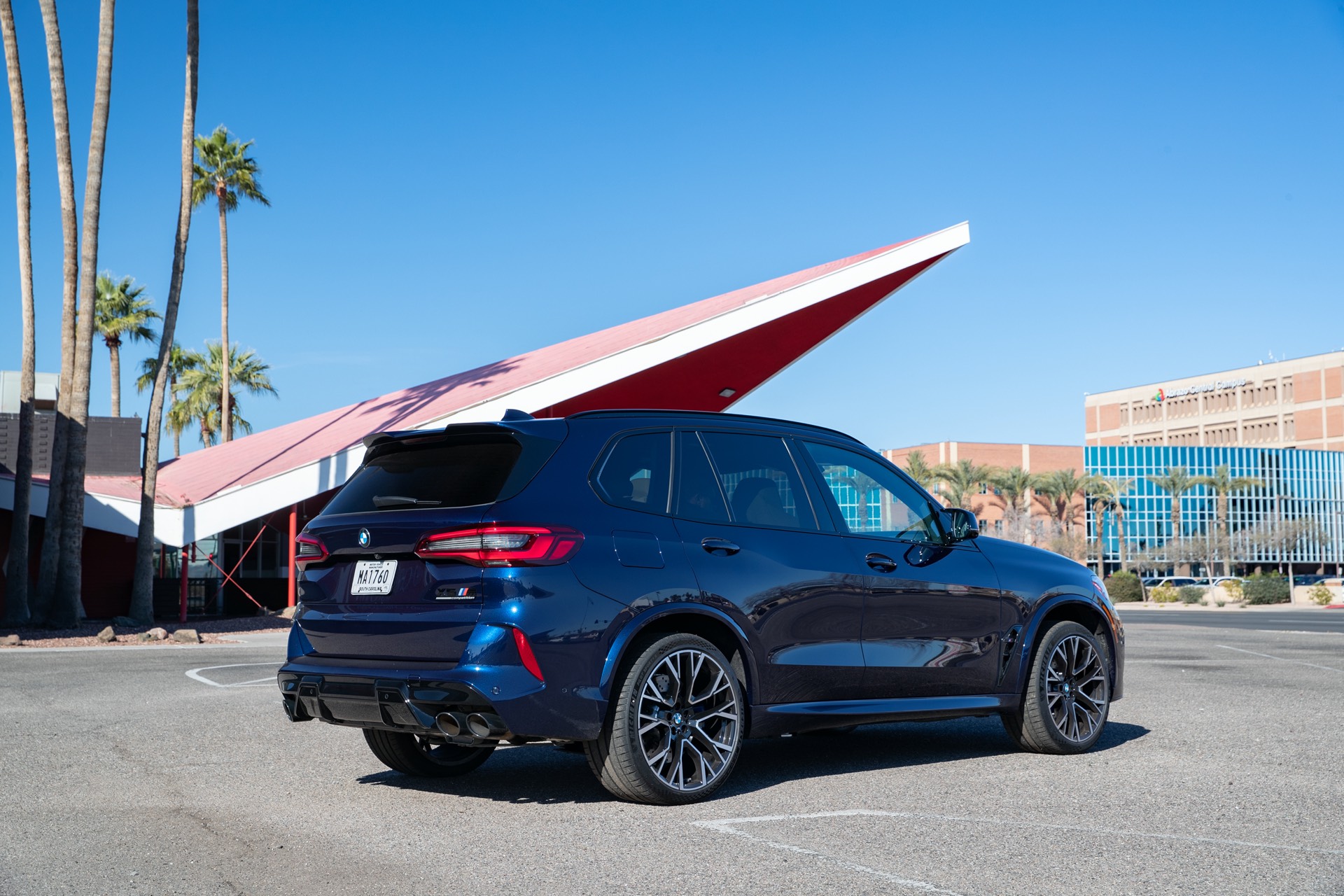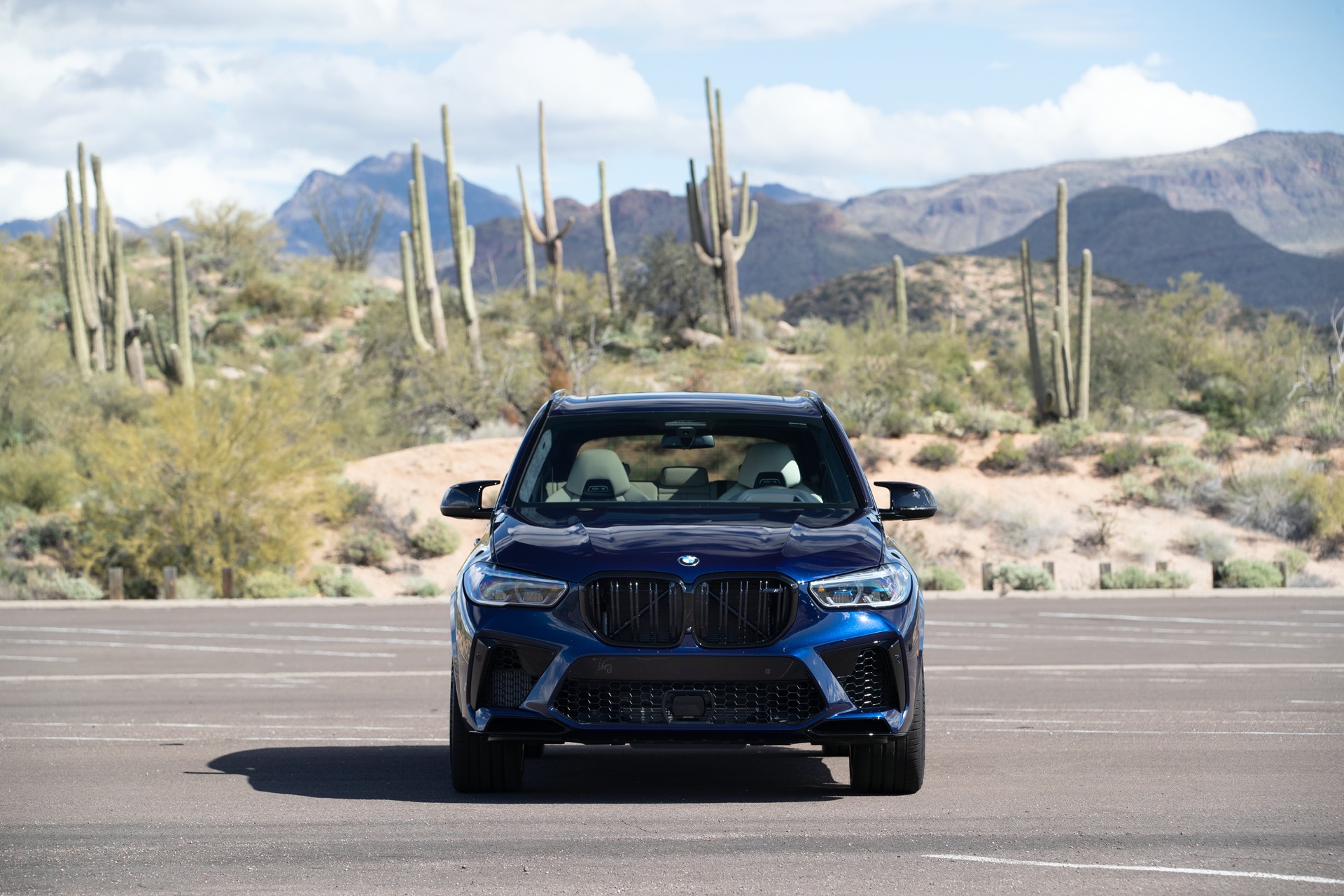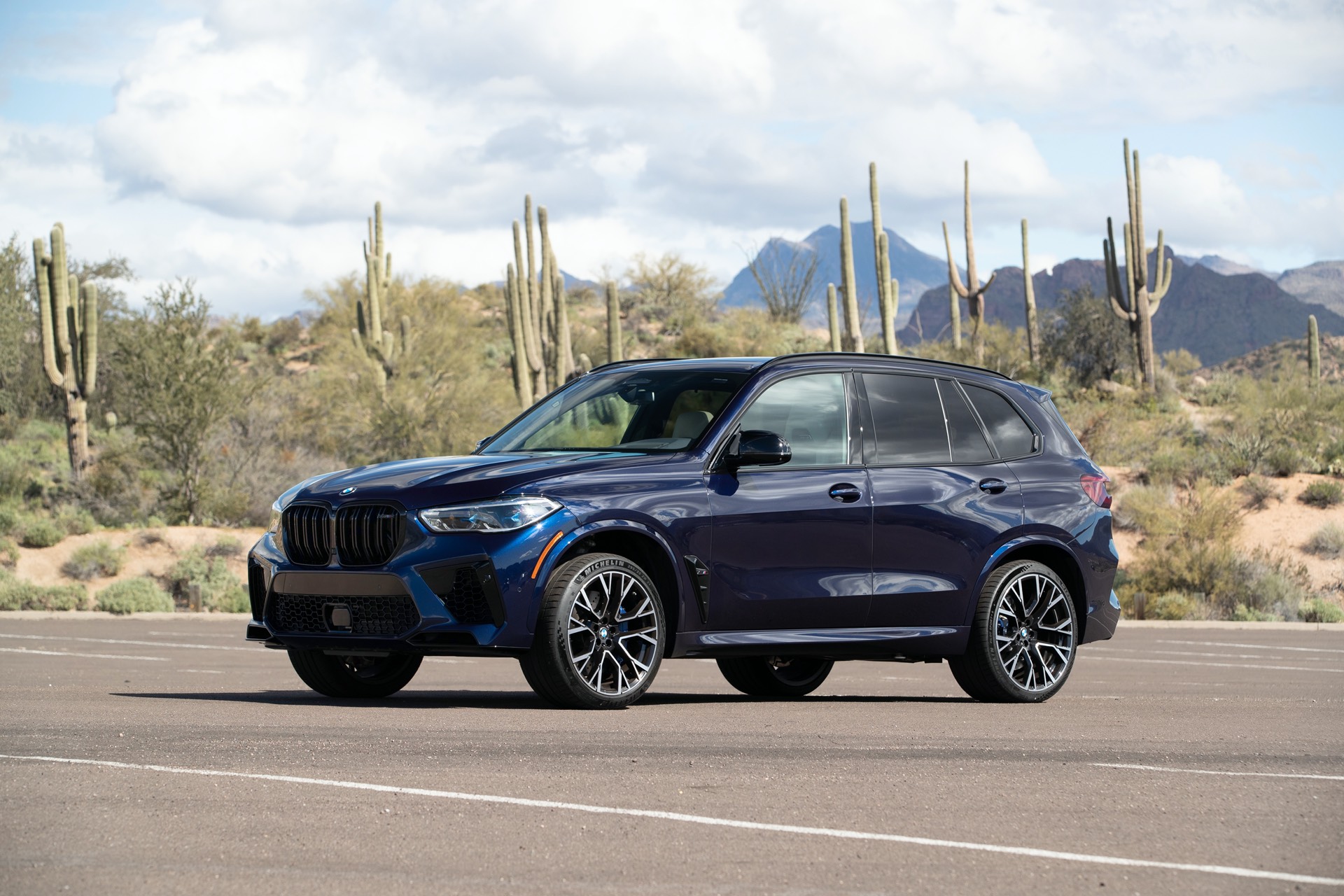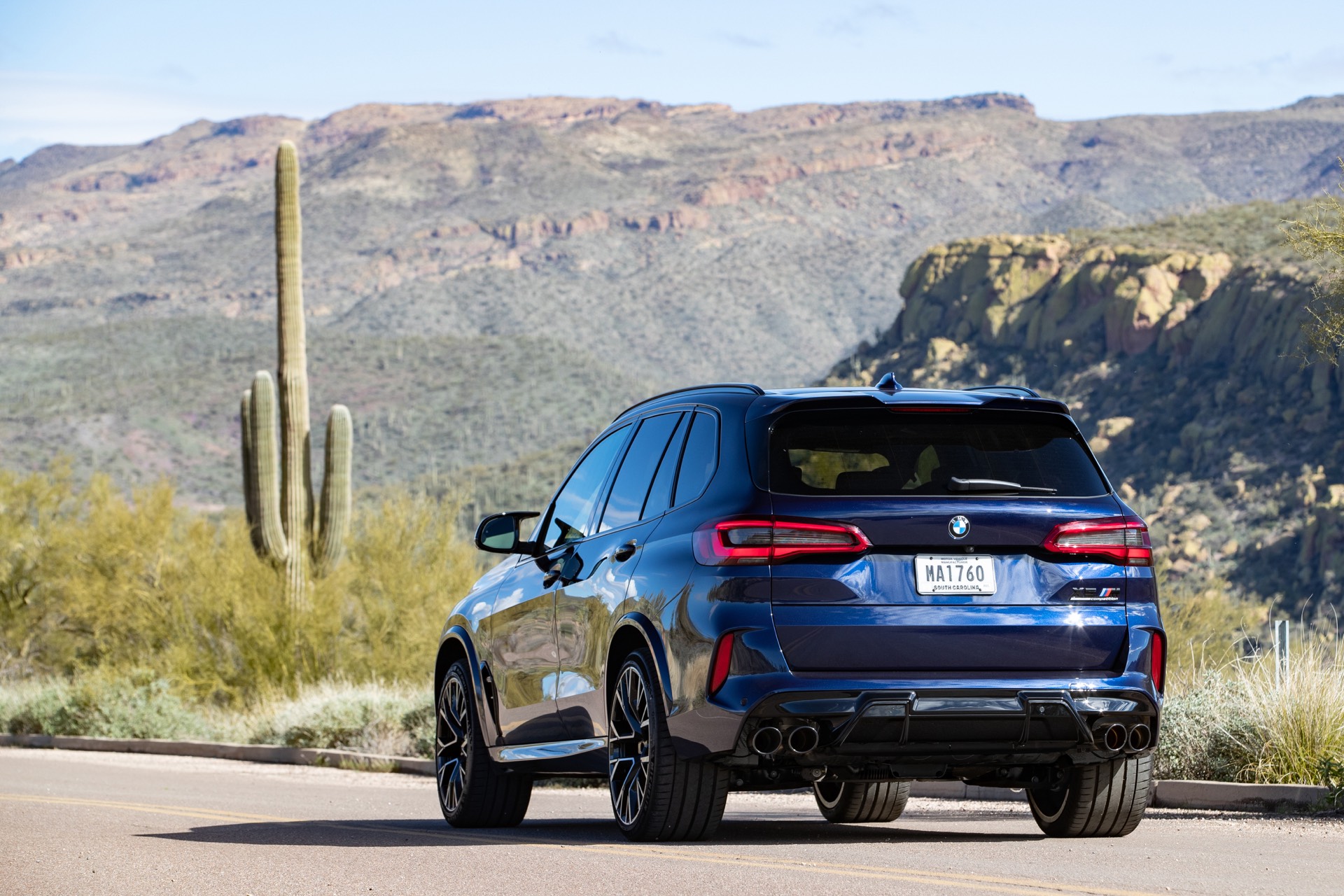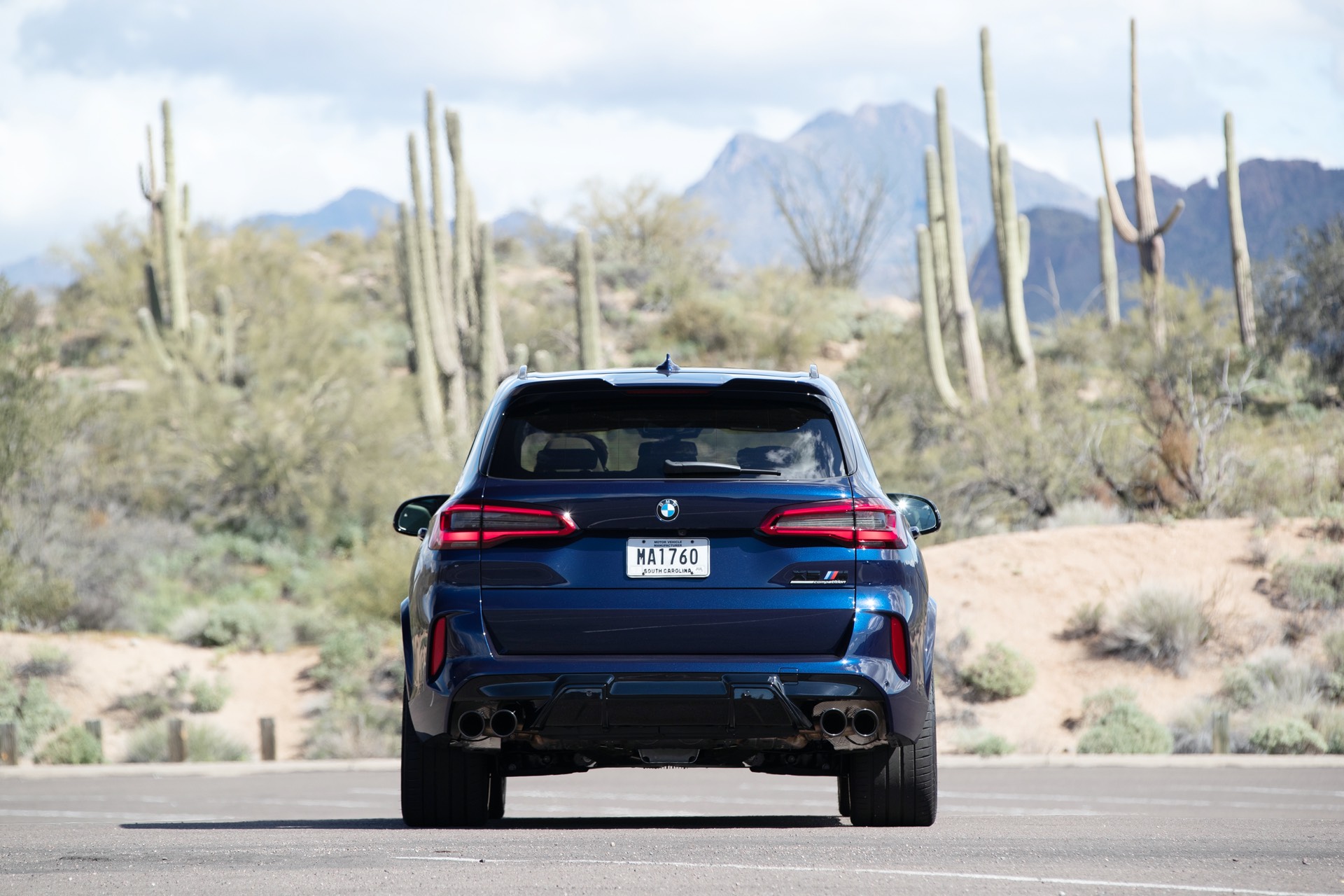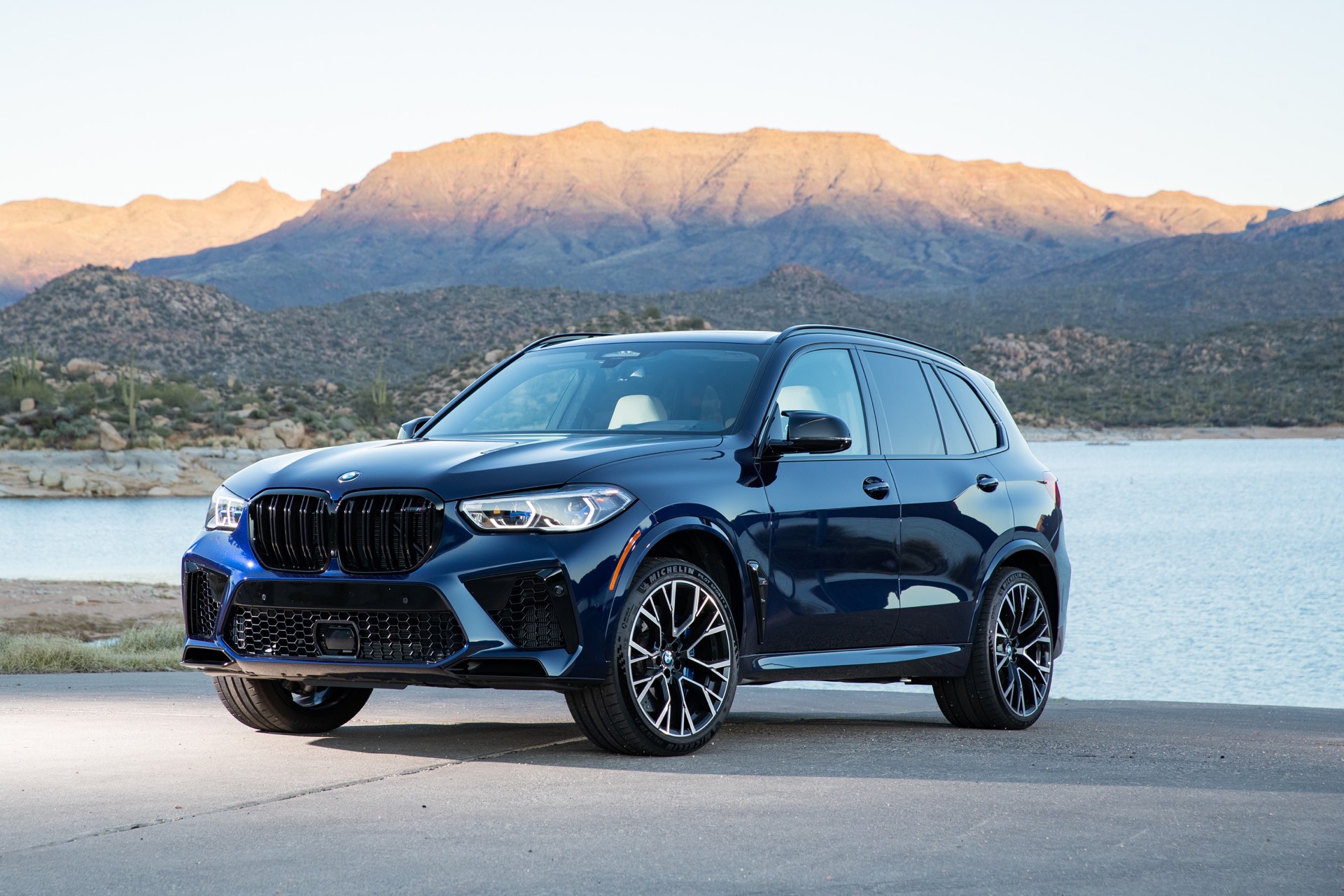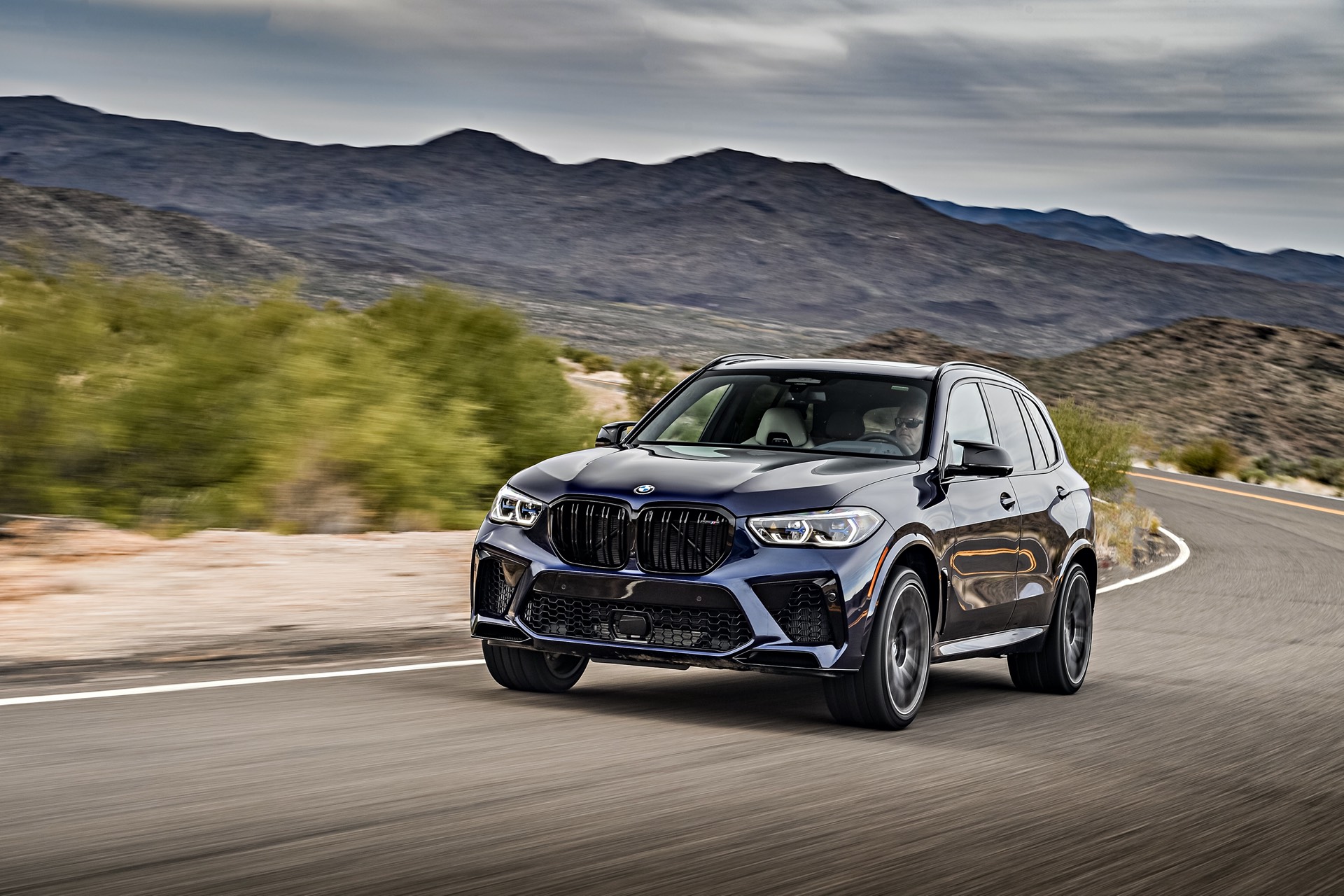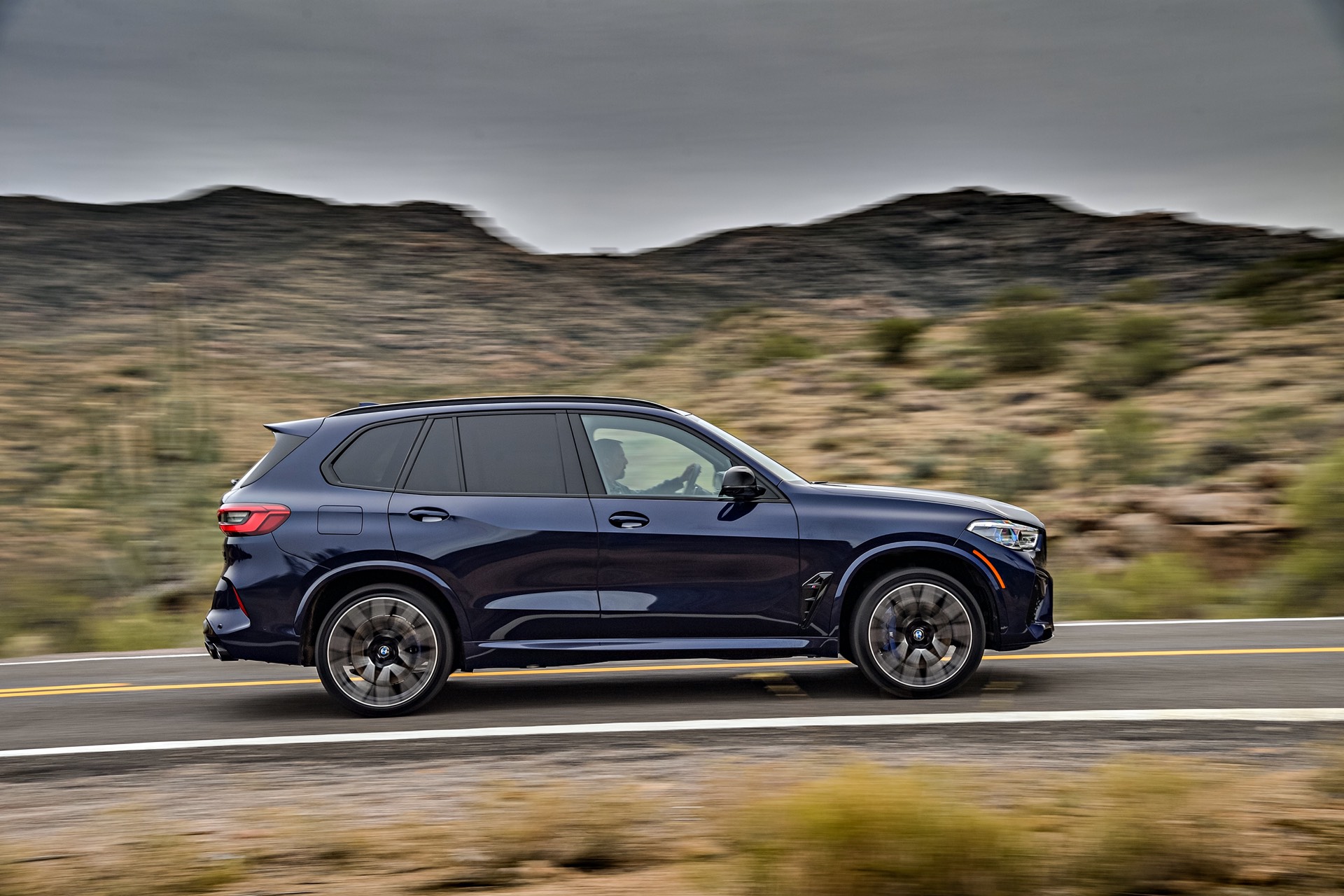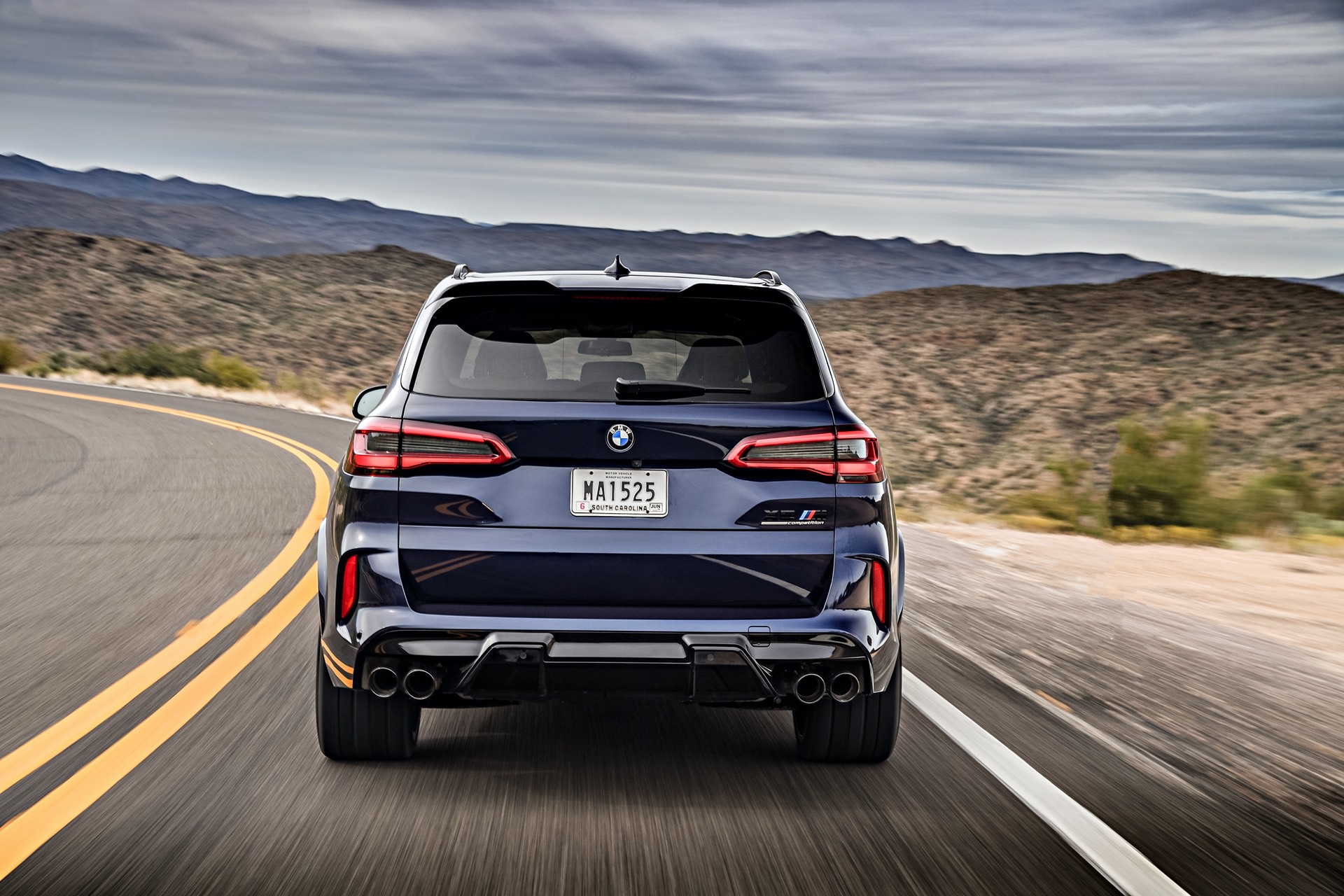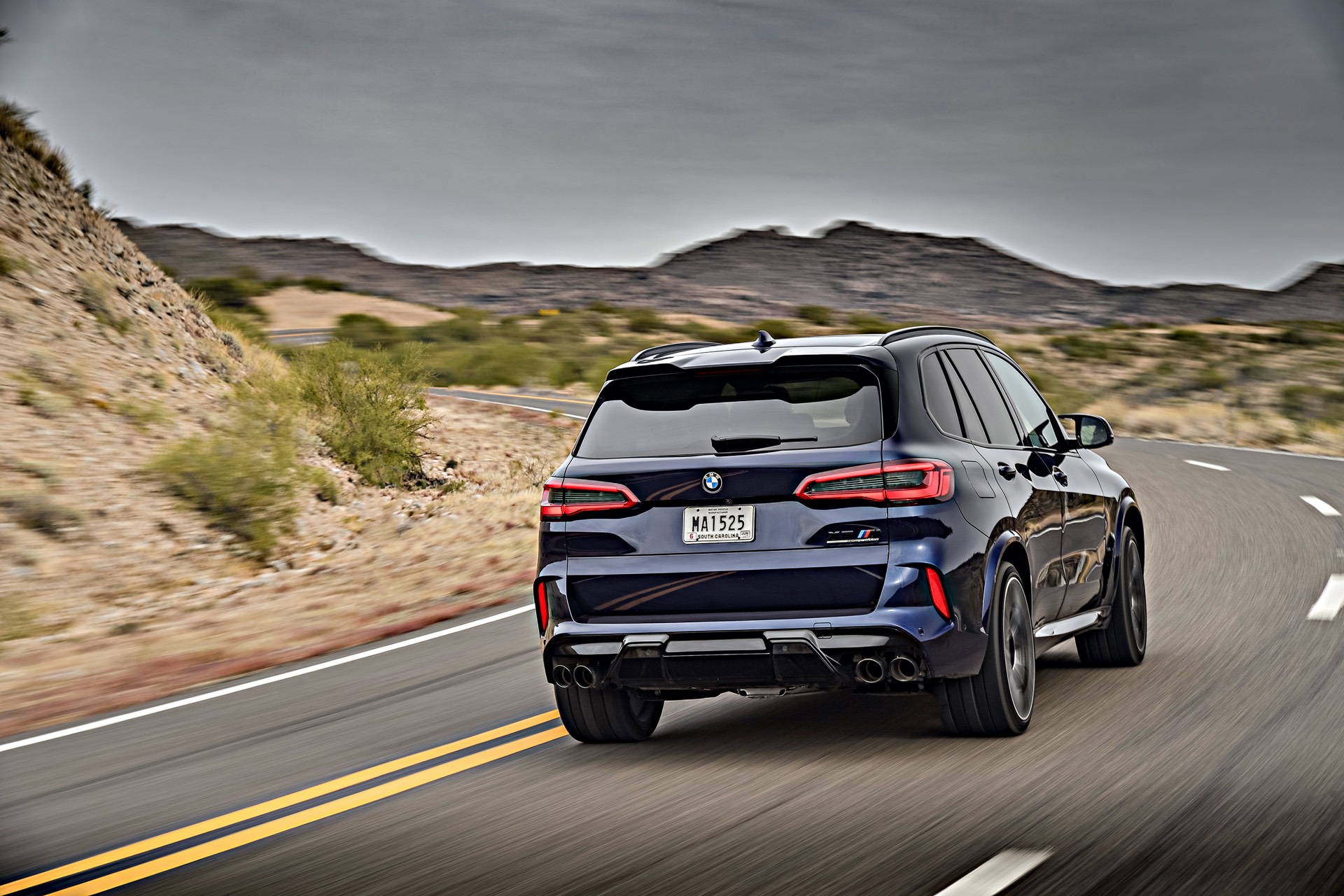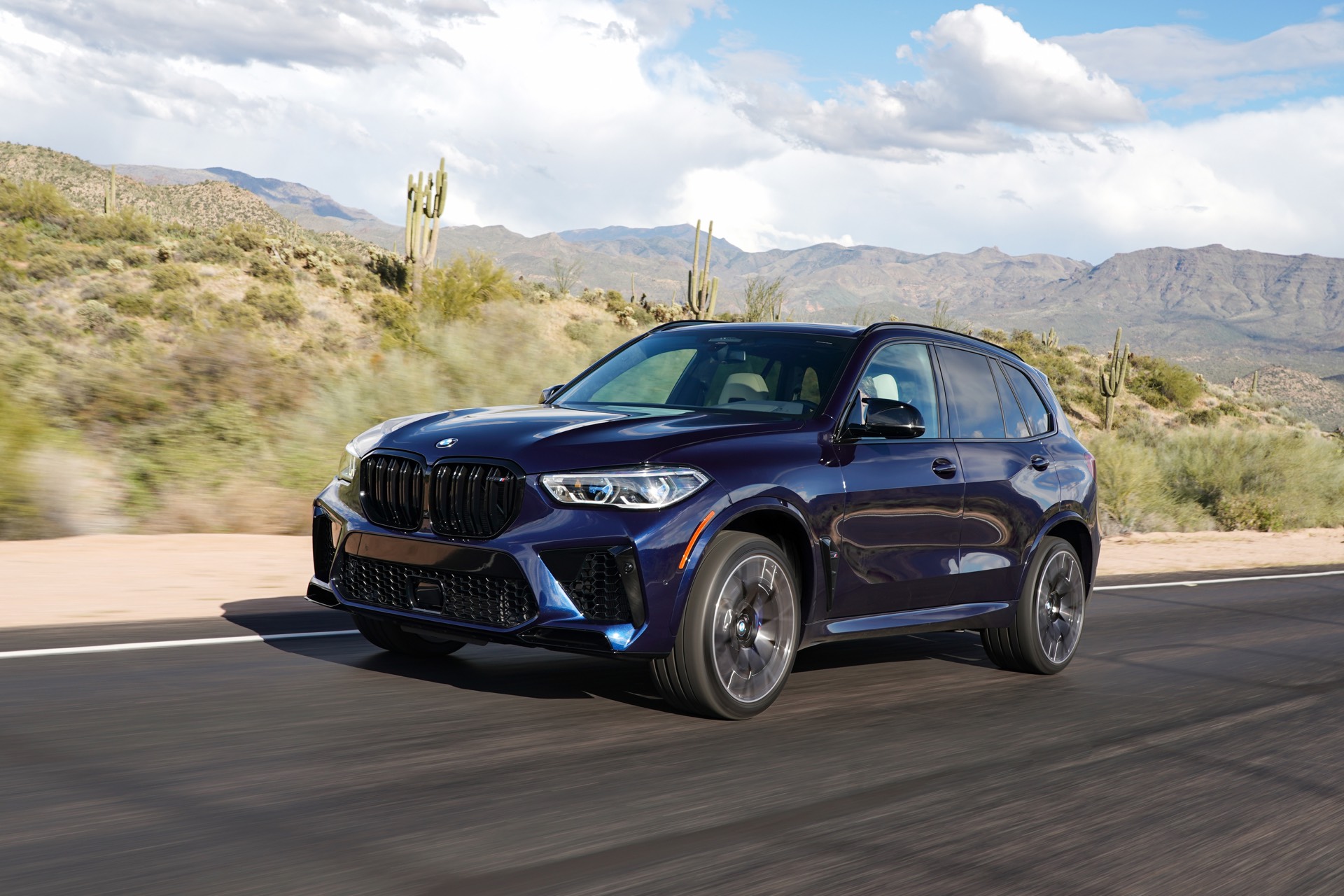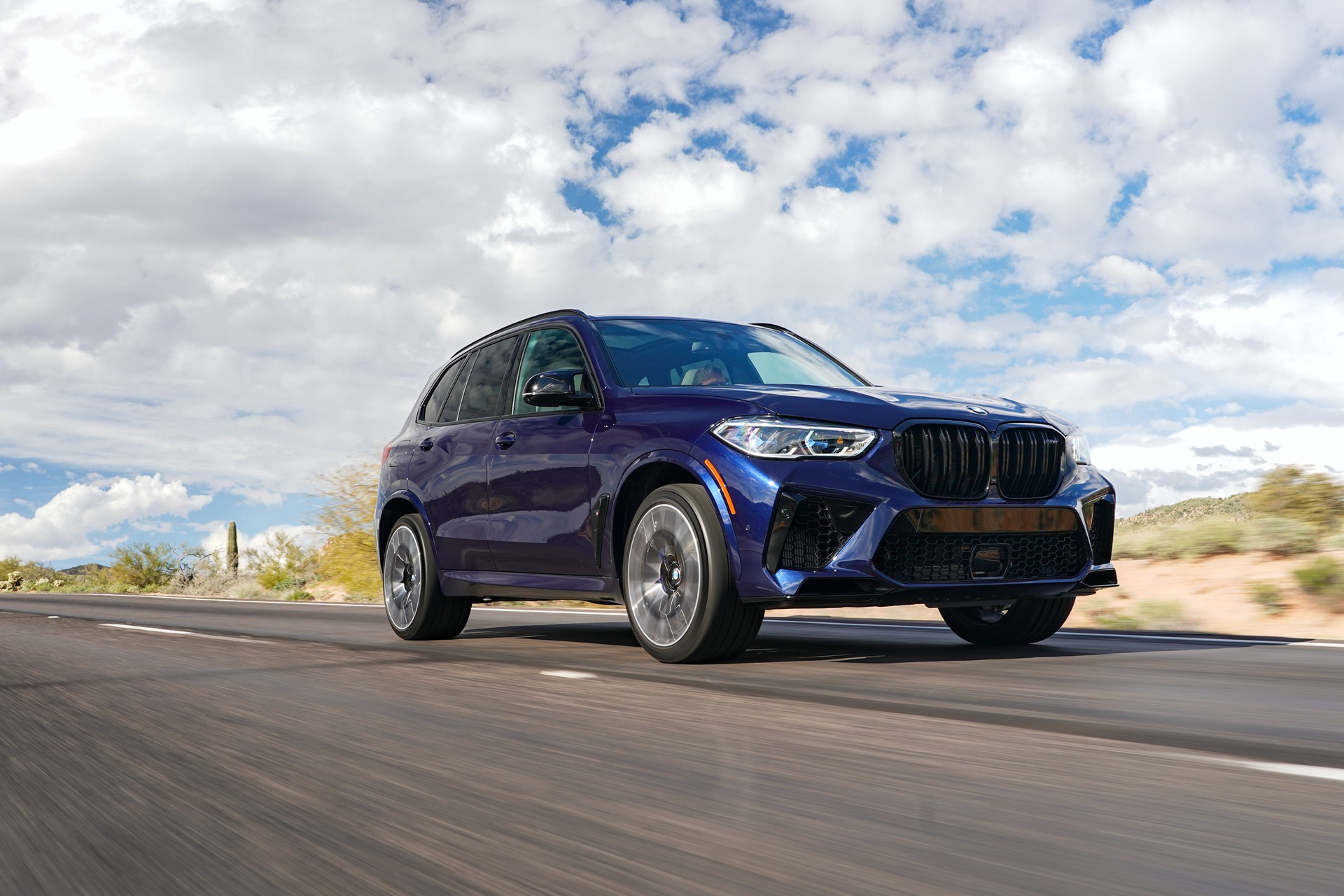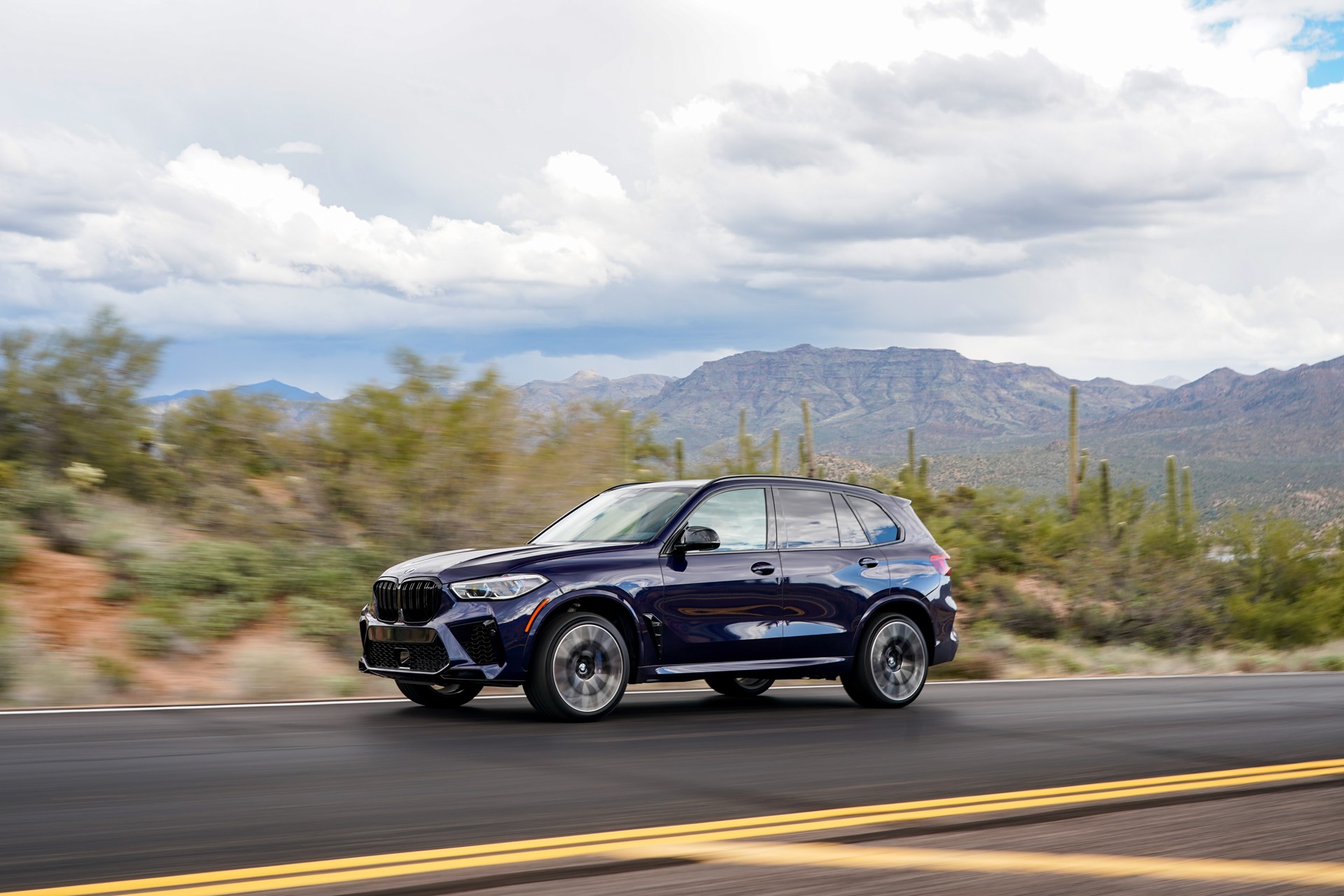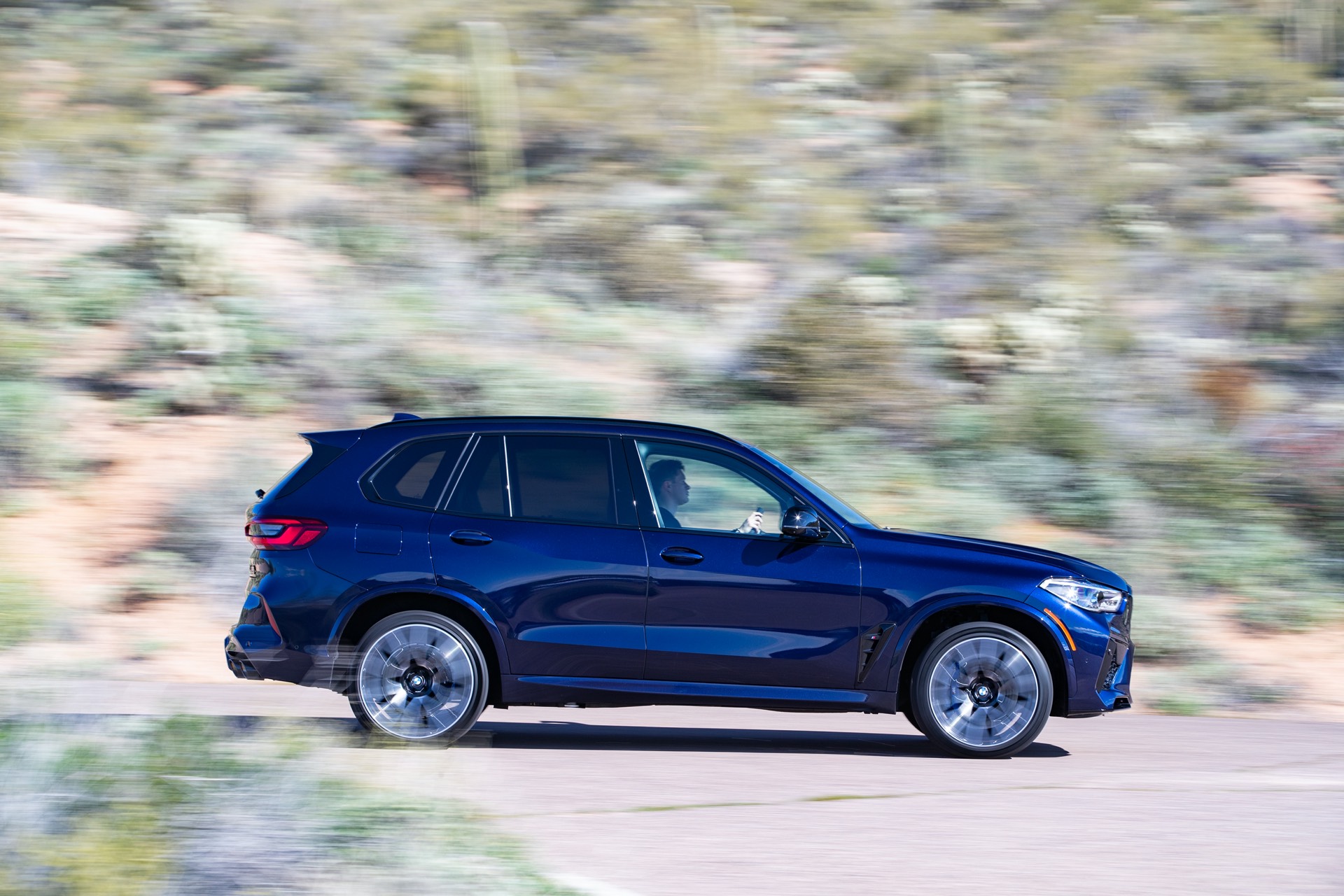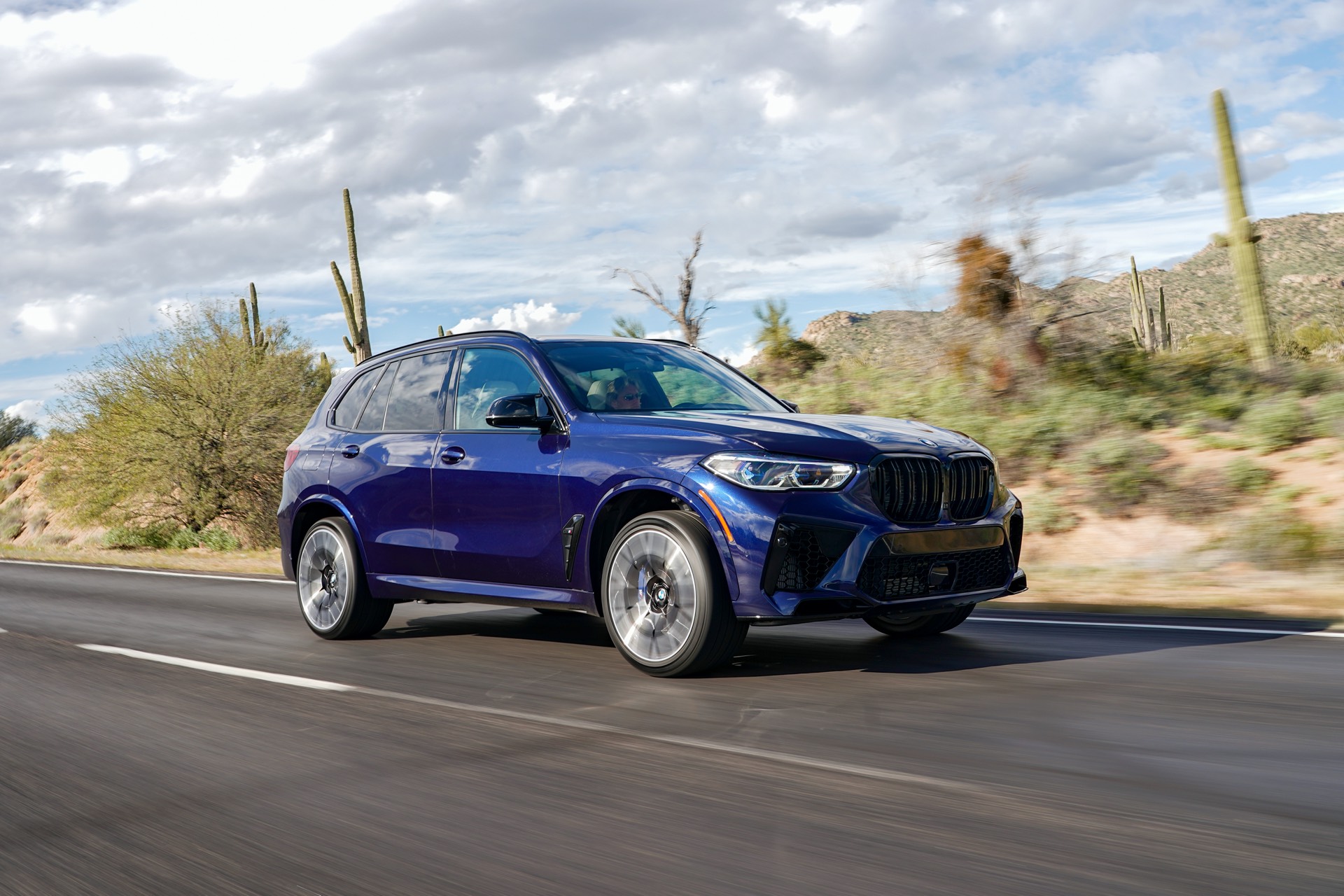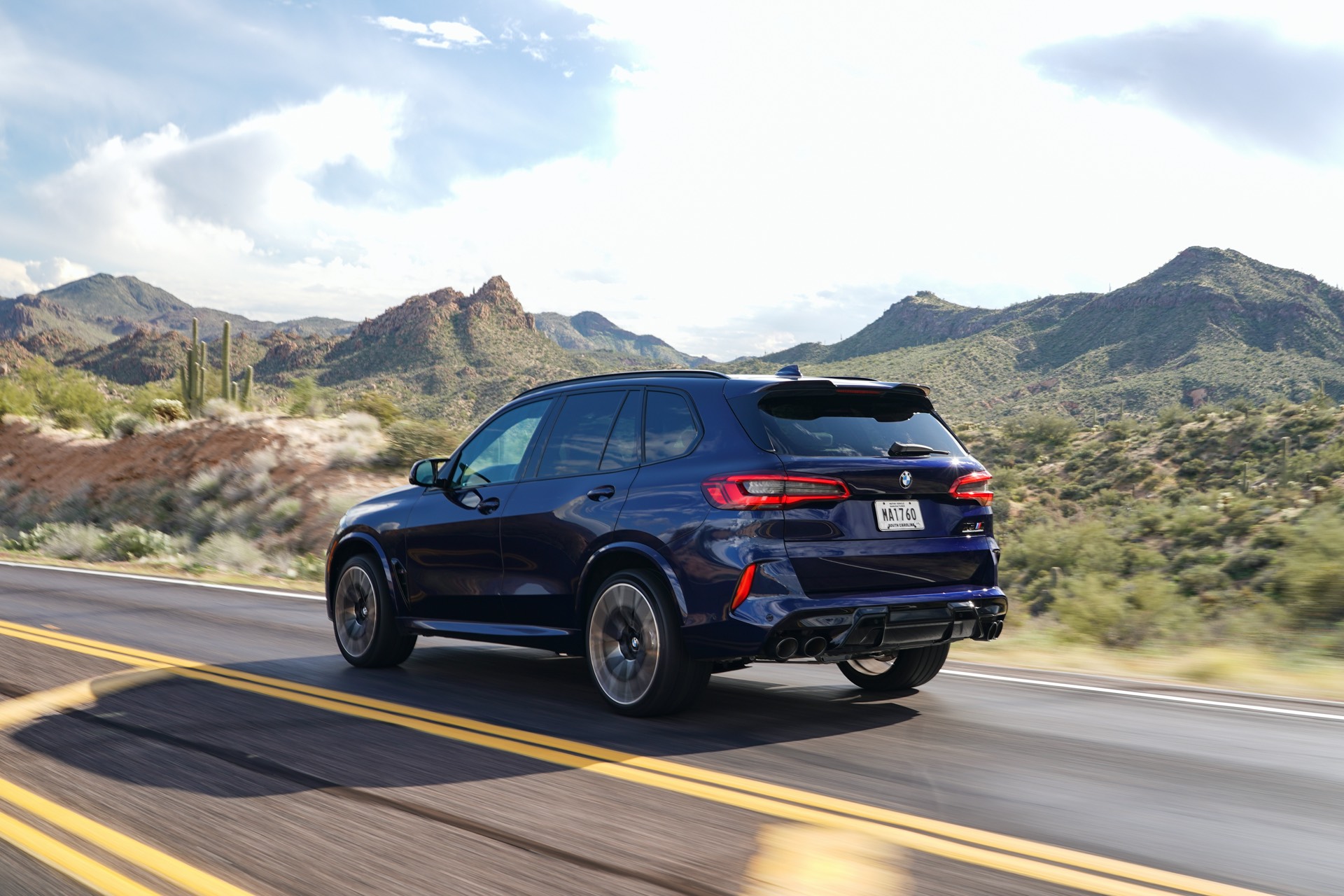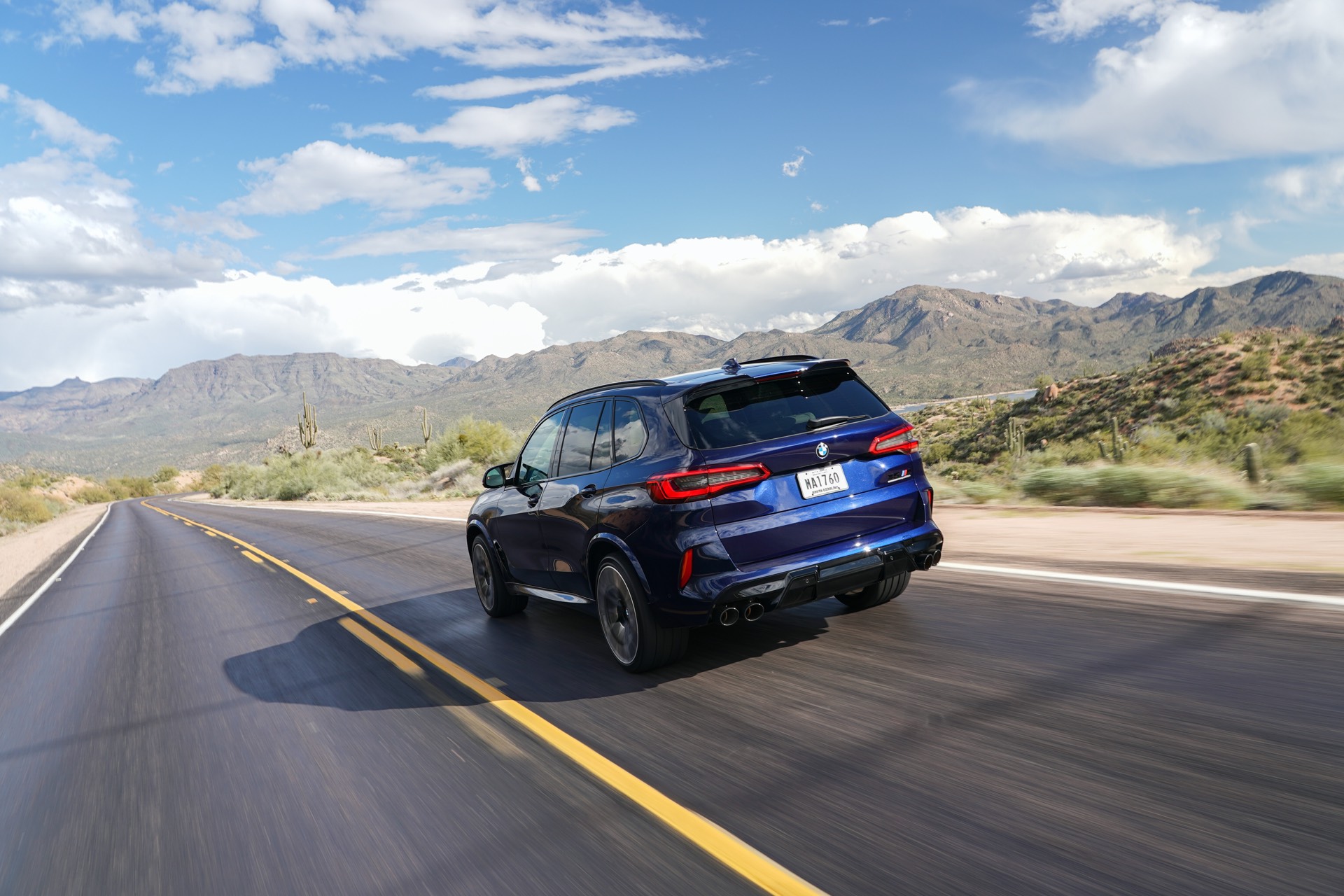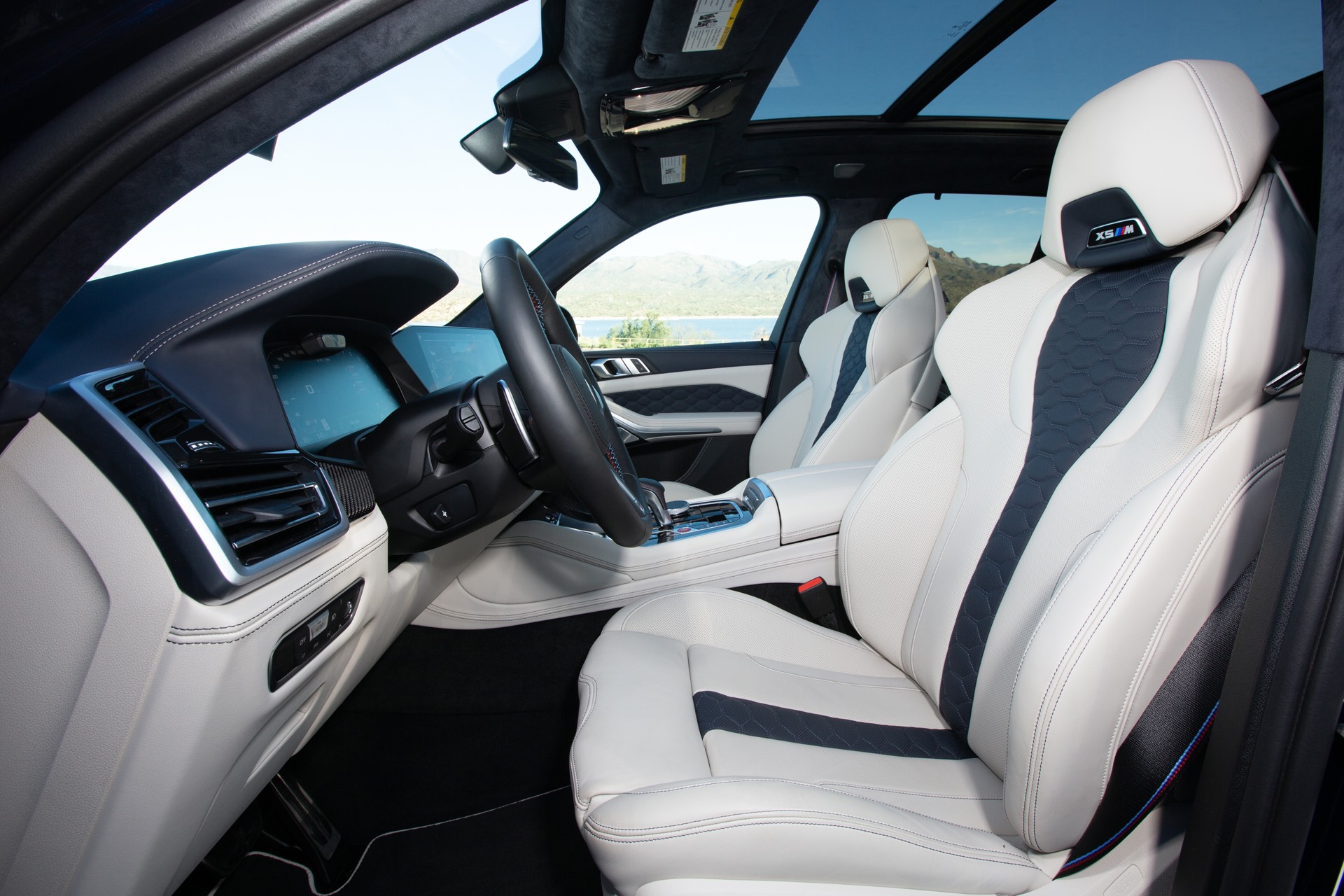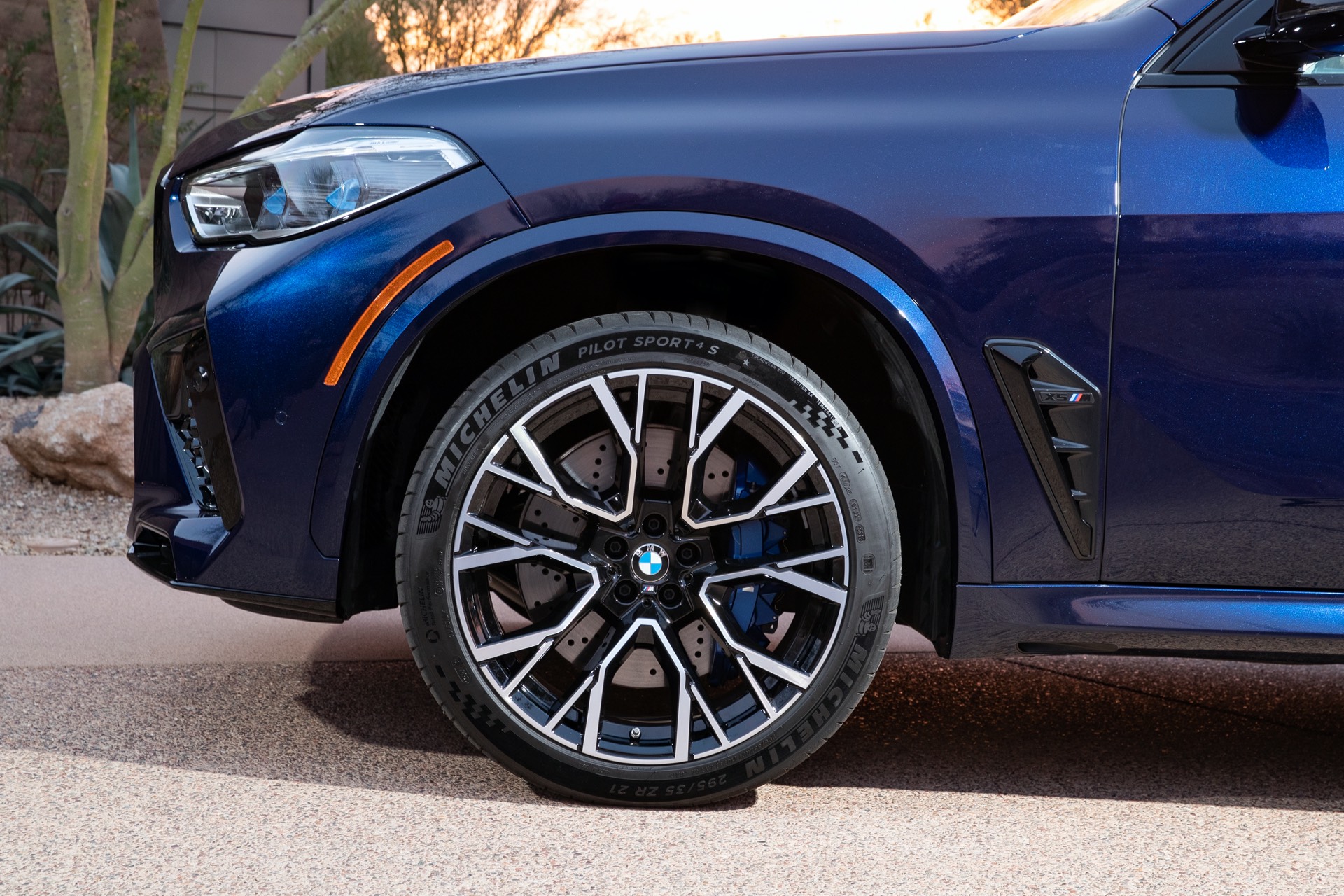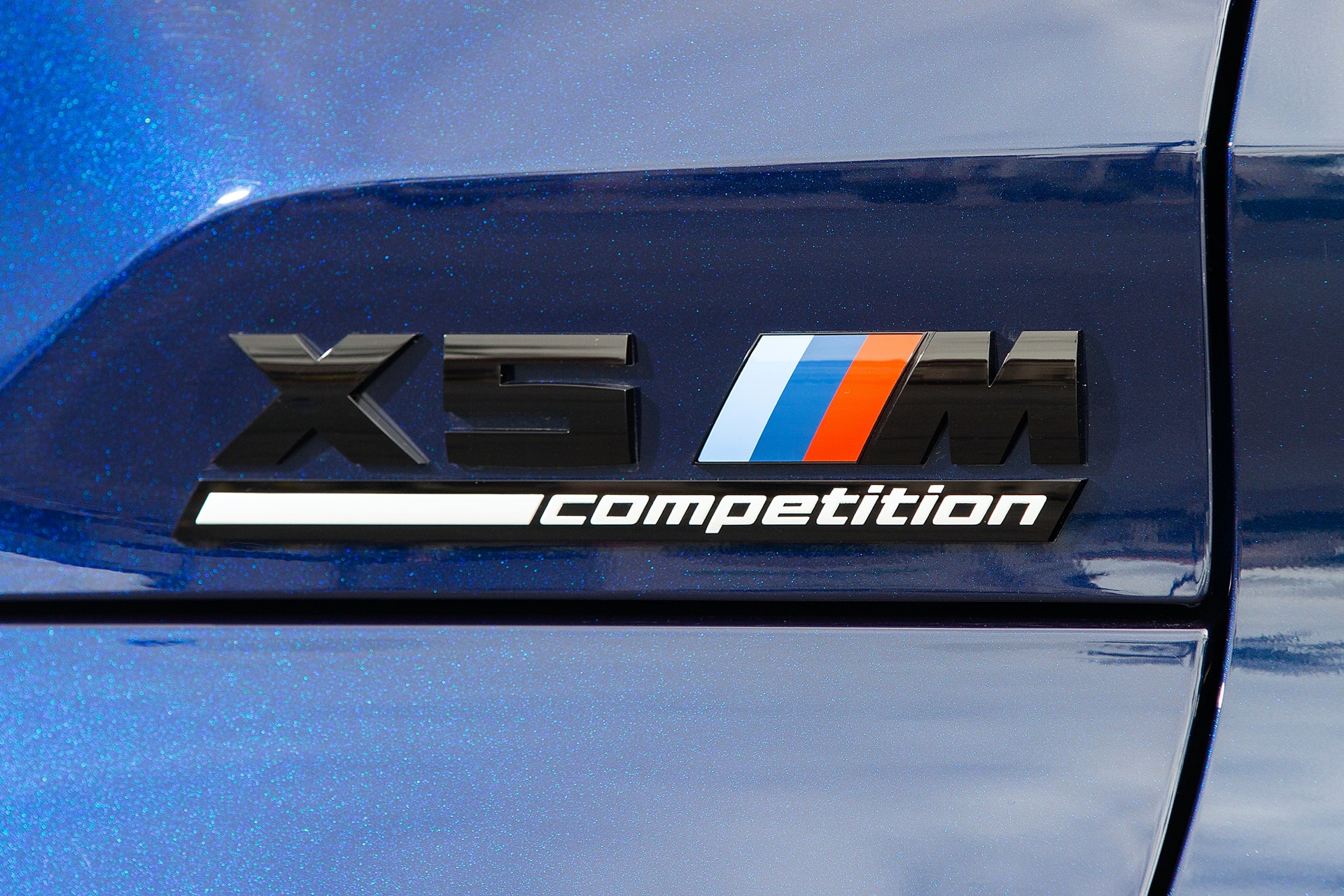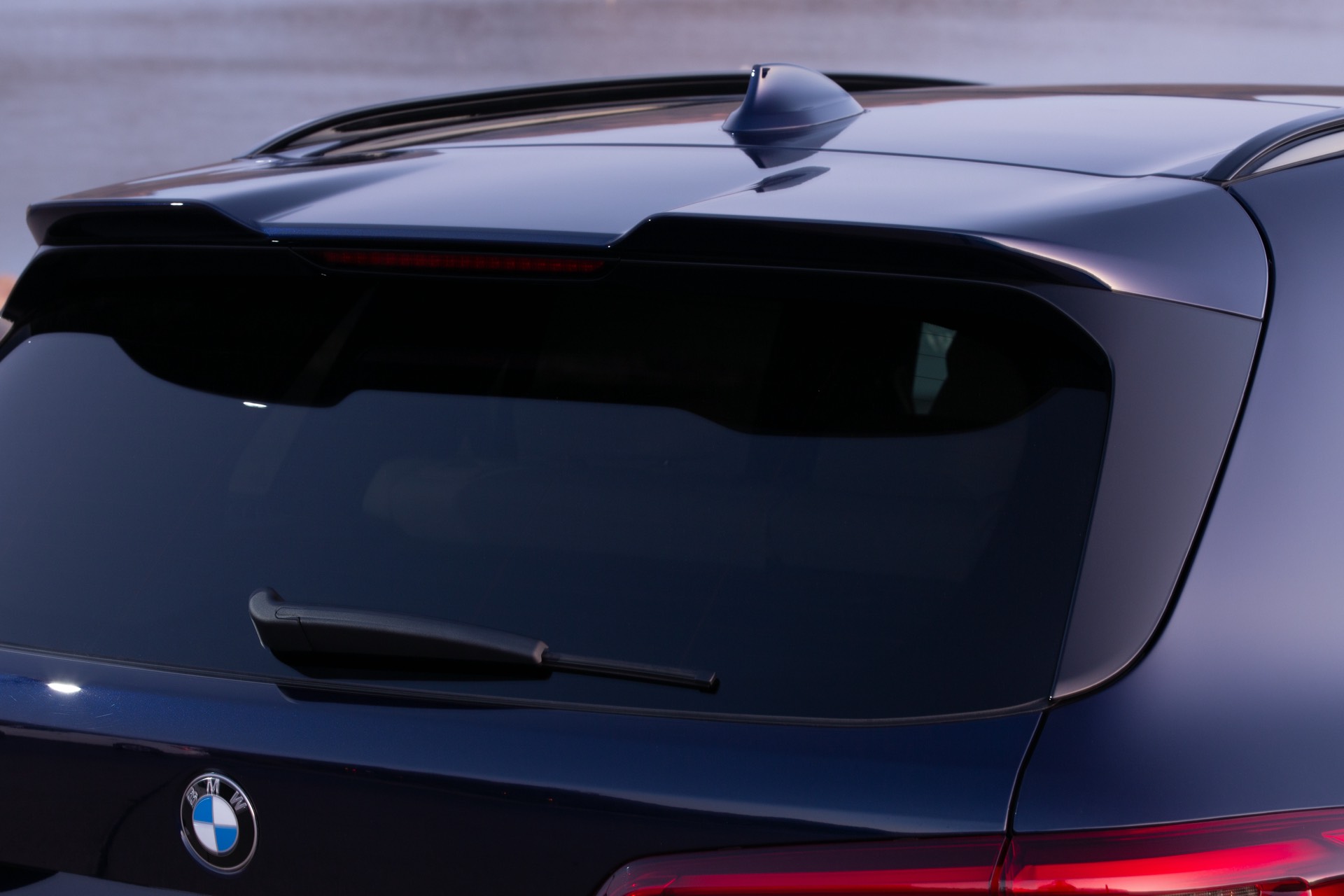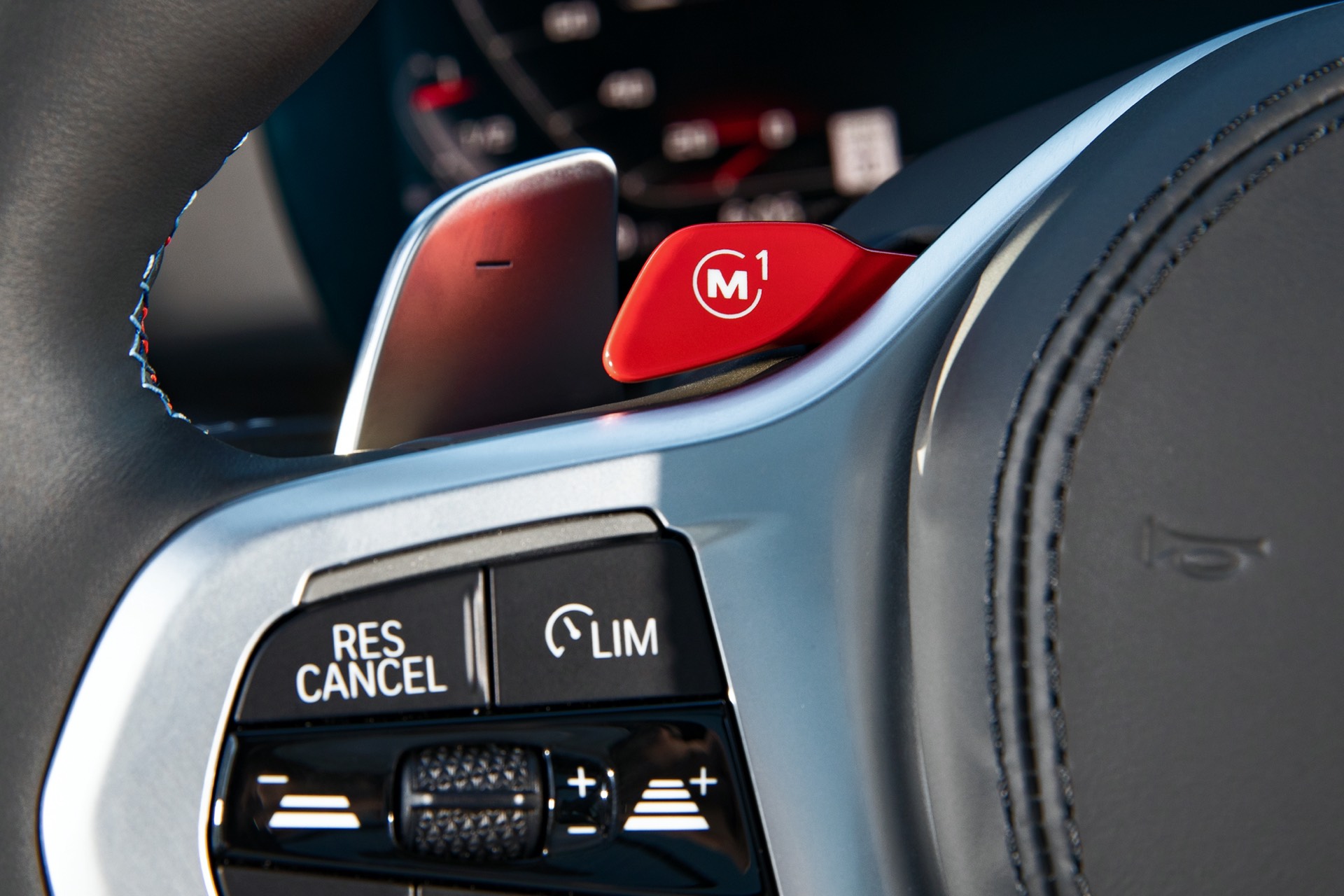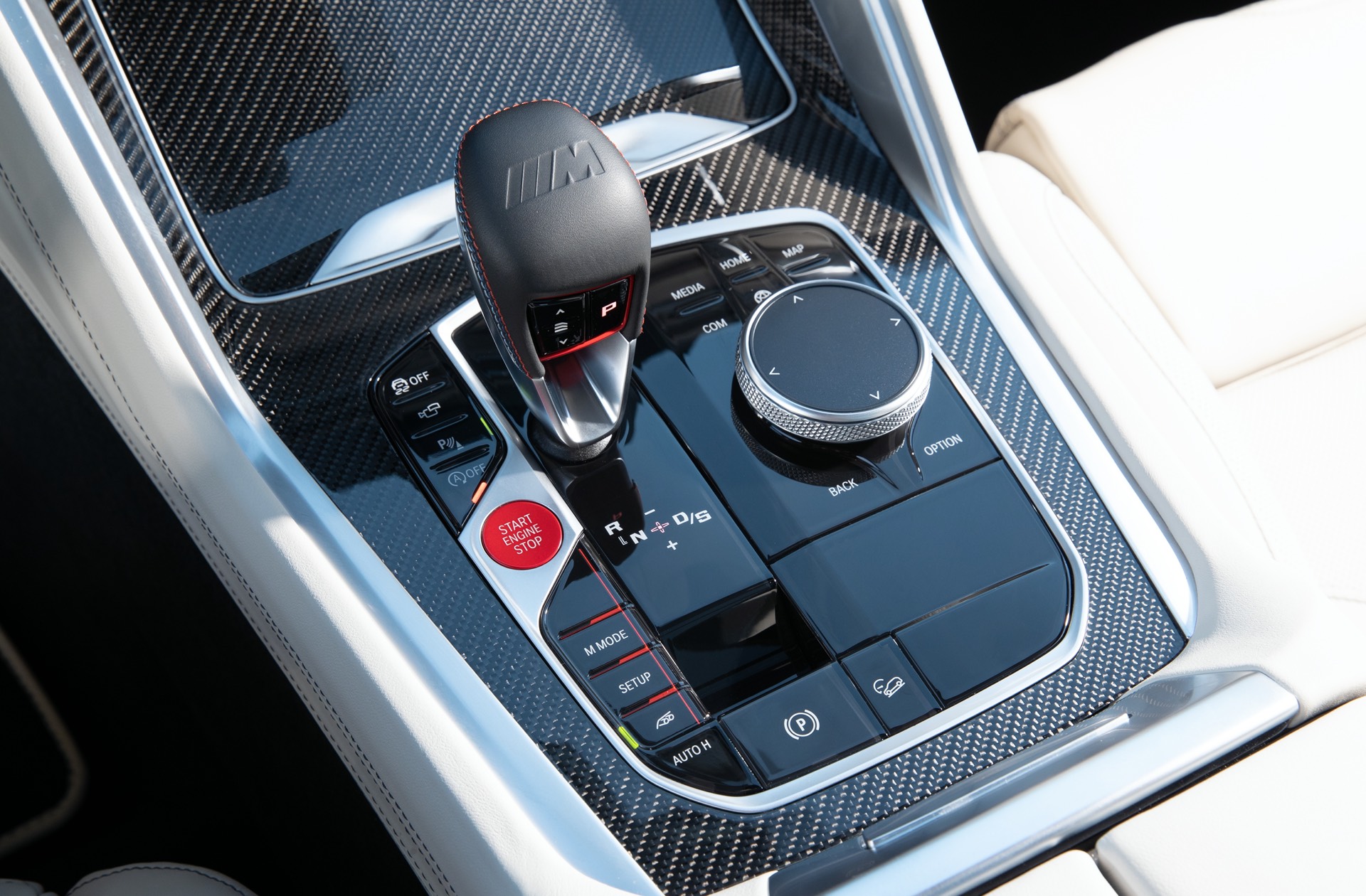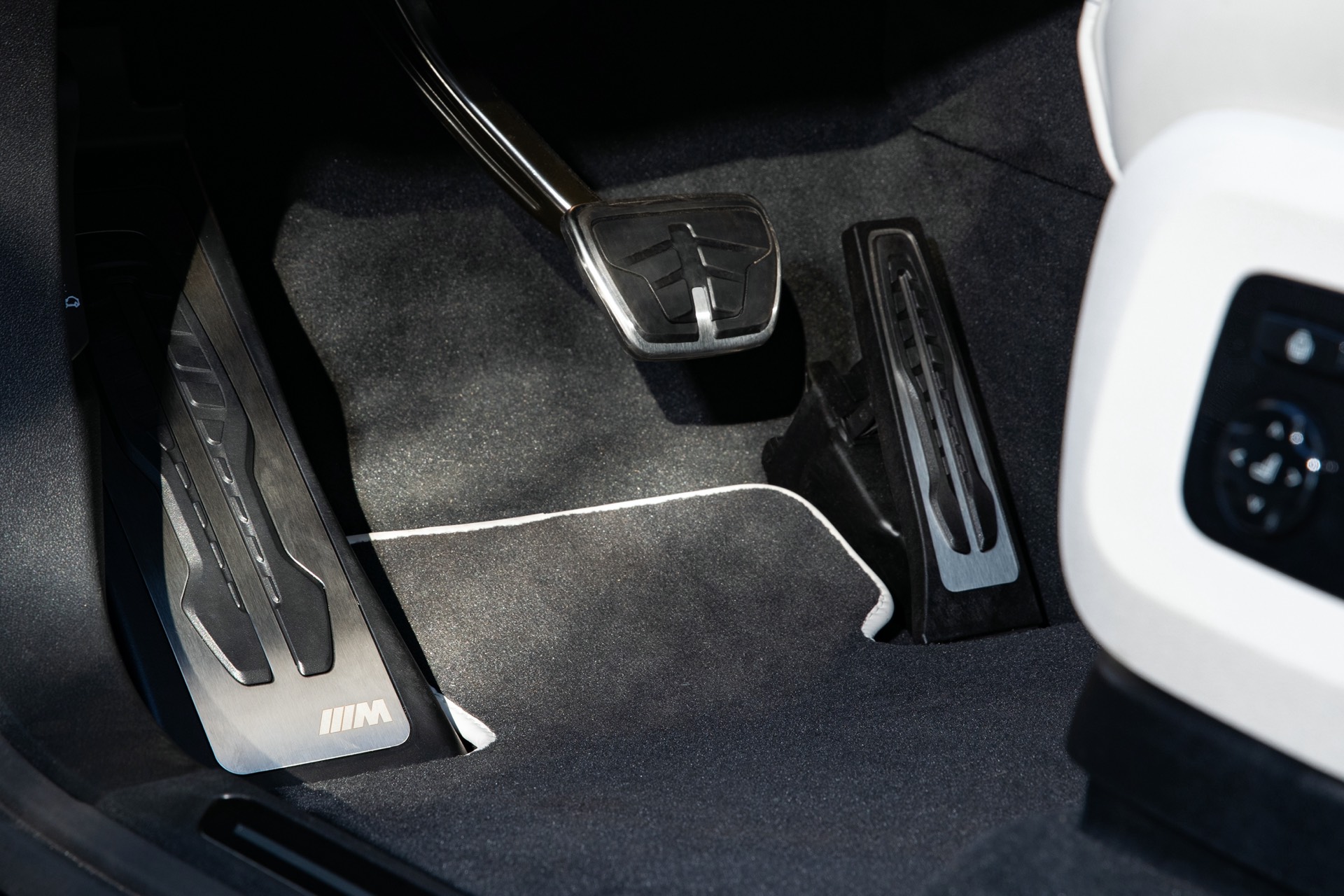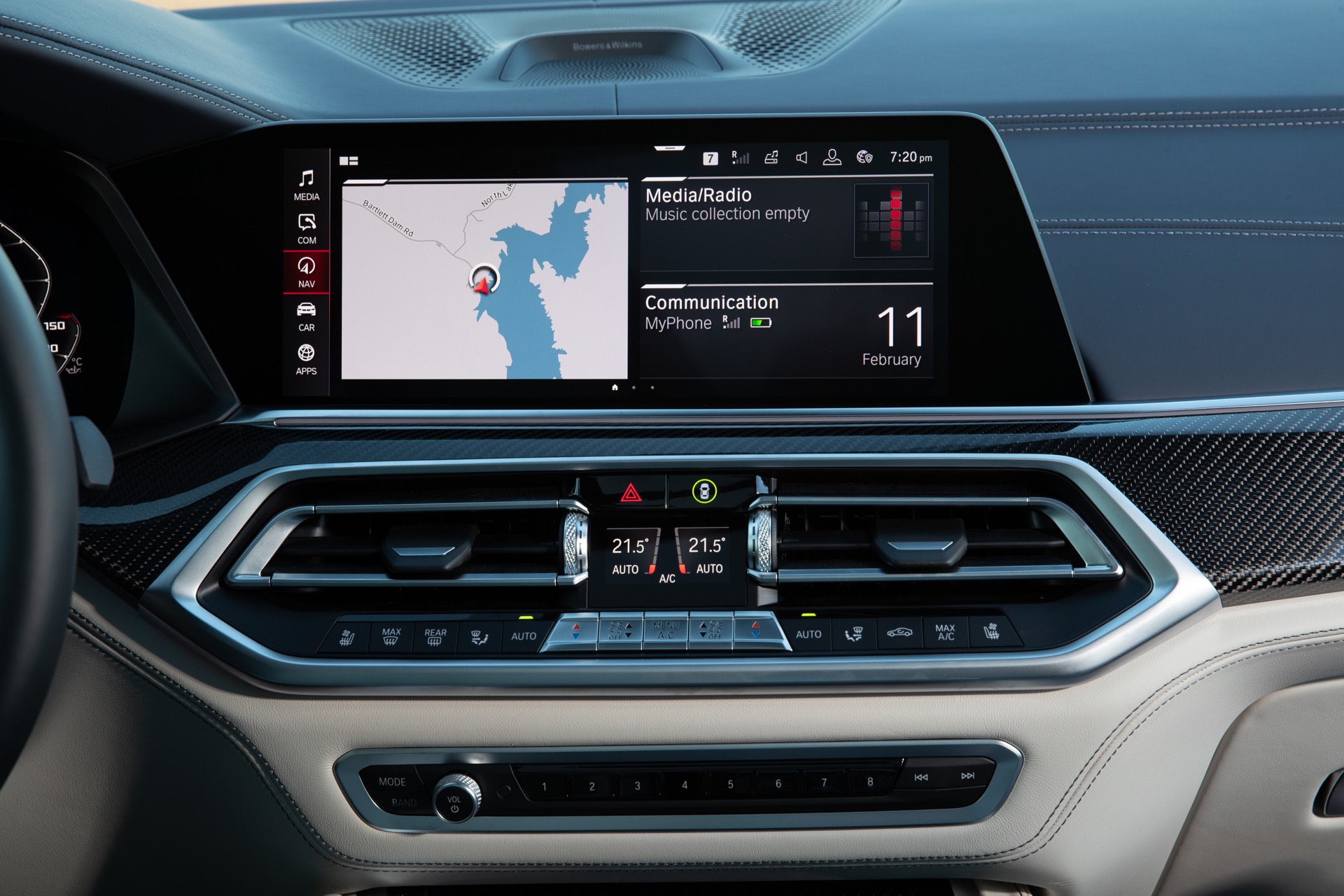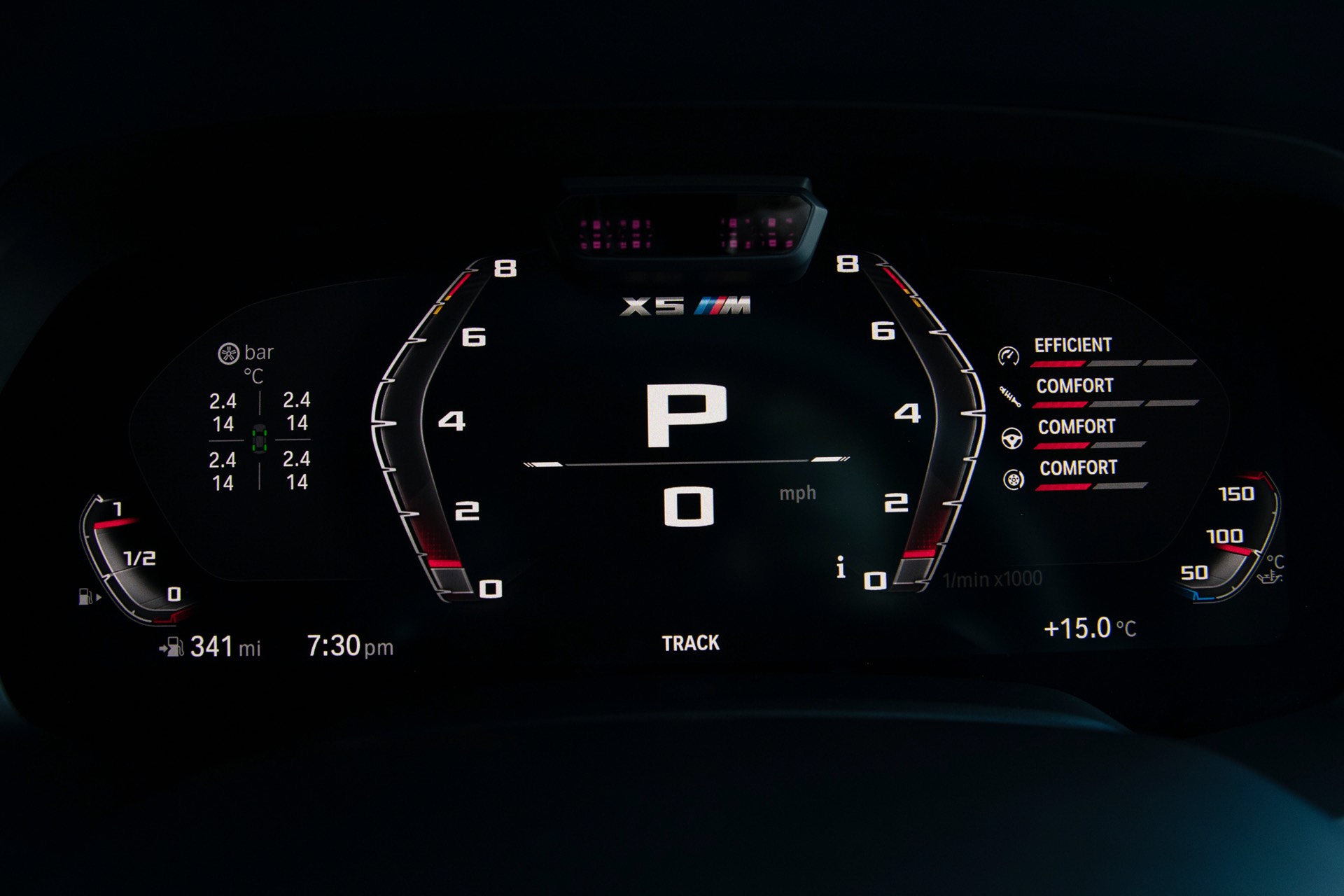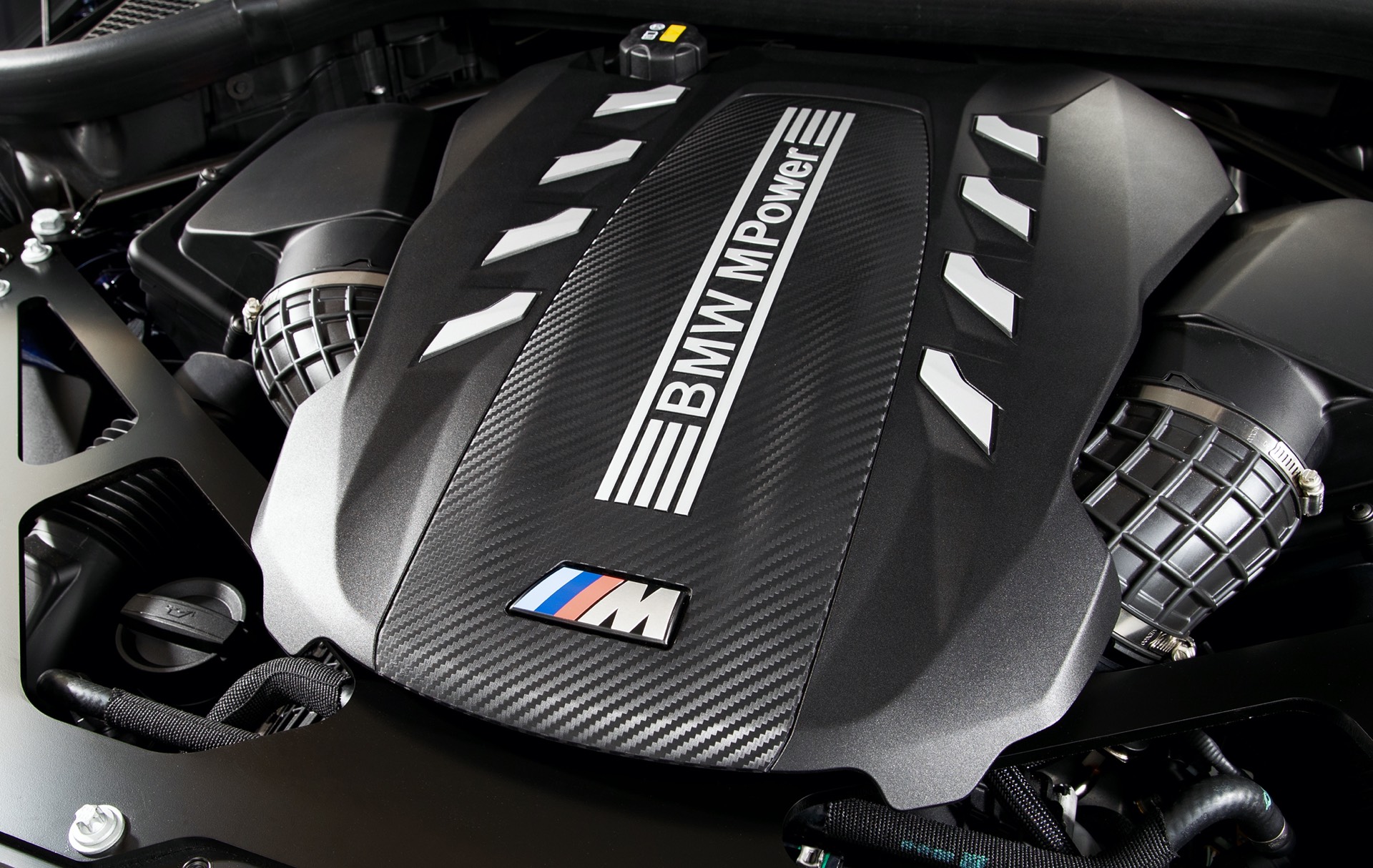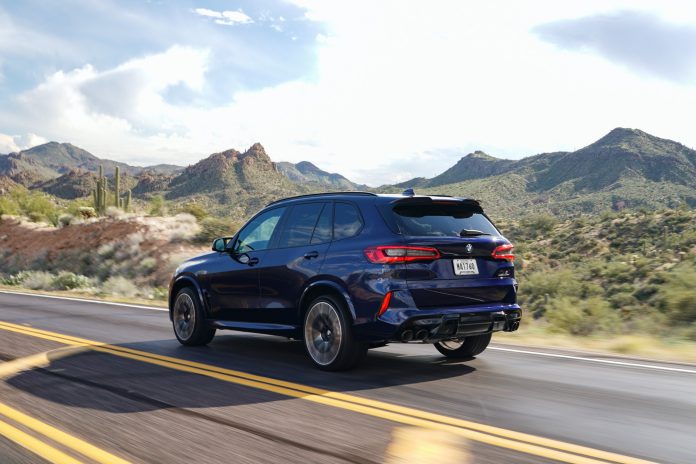As the first M Powered SUV, and one of the very first modern high-performance SUV’s, the BMW X5 M is a familiar model within BMW’s range. Now in its third generation, we recently had the opportunity to sample what the M badge means to the X5 in its latest generation.
You need only look at how BMW produces the X5 these days, to realise where the bulk of its sales derive. The X5 is produced at BMW’s massive Spartanburg plant, over on the east coast of the US. Of the 12,842 second-generation X5 M’s, BMW sold a massive 30% in the US, twice as much as its second-biggest market, China, which took a 15% share.
It follows that BMW’s X5 M is not expected to sell in big numbers over the pond in Europe. With increasing emissions regulation and an established move towards hybridisation, BMW is likely to limit supplies in its home market.
The picture is entirely different in the US. Emissions regulations are less strict here, luxury is underlined with a V8 and hybrids are the new kid on the block. The X5 looks relatively refined alongside other performance SUV’s available on the US market.
BMW stuck with its big 4.4 litre V8 for its latest SUV. Carried over from the outstanding BMW M5, the X5 M gets the same two power options too; a standard model, and the Competition model. The former gets 600 hp, while the latter gets 625 hp. Torque in both models is 750 Nm. The X5 M does without any hybrid assistance, the power is instead achieved through boost from two turbochargers.
The power is routed through BMW’s eight-speed M Steptronic gearbox. Anyone familiar with the way this transmission works will recognise the M lever behind the steering wheel which allows a favoured setting to be stored in the system memory. This allows access to your favourite settings at the touch of a button.
Those settings include four individual settings. The feel of customisation is more personal than in most performance models. BMW allows individual changes in four key areas, steering, suspension, braking and drivetrain. Instead of simply shifting between generic ‘sport’ and ‘comfort’ modes, the M buttons allow the driver to pre-program favoured settings. This level of customisation is welcome.
The various modes work perfectly for the BMW X5 M. One criticism, which isn’t unique to the X5 M, is that the suspension rides stiff over bumps. The stiffness works to the X5 M’s advantage through the curves, on a cruise through town or on the school run, the crash of the suspension is made obvious. We wonder whether any of BMW’s customers will care, after all, a non-M model corrects that problem.
The location for our drive, Phoenix, is one of the driest places in the US. It rains here, on average 33 times a year. With 299 days of sunshine, it’s a close as possible to a guarantee that we would get to test the X5 M’s performance in optimal conditions. And the X5 M has plenty of performance! 100 km/h is dispatched in 3.8 seconds, 200 km/h in just 13.5 seconds. An optional M Driver’s Package increases top speed to 290 km/h.
Walking up to our test car, it is clear BMW have added their traditional sporting extras. A new front bumper and spoiler, the former opening up more space for the air intakes, the later increasing downforce on the front end. A new front grille conforms to what we expect of M powered models. At the rear, a new rear apron surrounds quad tailpipes and a rear spoiler for increased downforce.
BMW’s test models include an attractive deep blue Competition model and a white version. Our preference was for the Tanzanite Blue example.
Step into the cabin and the BMW X5 M feels a little like a training shoe. Whereas an Audi (for example) relies on an uncluttered dash, the BMW gets a variety of lines, levels and angles which make it feel more sporty than its competition. The now-traditional combination of a digital dash and large central infotainment screen dominate the dashboard.
Depress the starter button and a healthy V8 roar announces imminent departure. It might be the wider roadways, but the X5 M seems to fill its lane nicely. Moving from the parking lot to the side street, the highway to the interstate, it never feels unnecessarily large.
To get to the sort of roads that might test the X5 M required a significant amount of highway miles. Travelling through the baron desert, the power of the V8 made mile crunching miles extremely easy. Overtakes dispatched with ease, cruise control taking care of business, it works well as a tourer.
Yet the desert roads were just a warm-up. Prescott National Forest is where the BMW X5 M would really stretch its legs. We imagine that most customers make the decision to purchase an X5 M to own something practical, but with the ability to excite on occasion. It is important for its existence that the X5 M delivers on this front.
Deliver it does. Shifting into dynamic settings, the exhaust gets noticeably louder and the suspension stiffens further. The steering feels accurate, near perfect. The brakes, plenty strong enough to stop the heavy SUV. It corners flat and grips hard. It is a decent steer.
What’s missing is the advanced chassis technology of its rivals. The X5 M does without a 48-volt system, without a dynamic anti-roll bar and without all-wheel-steering. Journalists often sing the praises of these systems, yet their absence from the X5 M was not all that noticeable. The X5 M handles beautifully without them.
The problem for BMW is that competition is plentiful in this sector. The BMW X5 M has rivals from all the major manufacturers. Mercedes-AMG produces the (recently revamped) GLE 63 S, Audi recently announced the (recently released) RS Q8 and Jaguar have the F-Pace SVR.
Objectively, there is little wrong with the X5M. It handles as well as any 2-tonne SUV should. It has plenty of power. Above all, it is comfortable. This will endear it to the casual petrolhead, perhaps less so to the environmentally conscious. Will customers flock to it in preference to the above? That becomes a question for the individual customer. Brand loyalties will play a big part in this decision.
Overall, the X5 M feels like a healthy dose of analogue in an increasingly digital era. For many, that’s the appeal. With the X5 M, there is no complicated hybrid drive system, It is just you, the car and one of the greatest V8’s to date.


